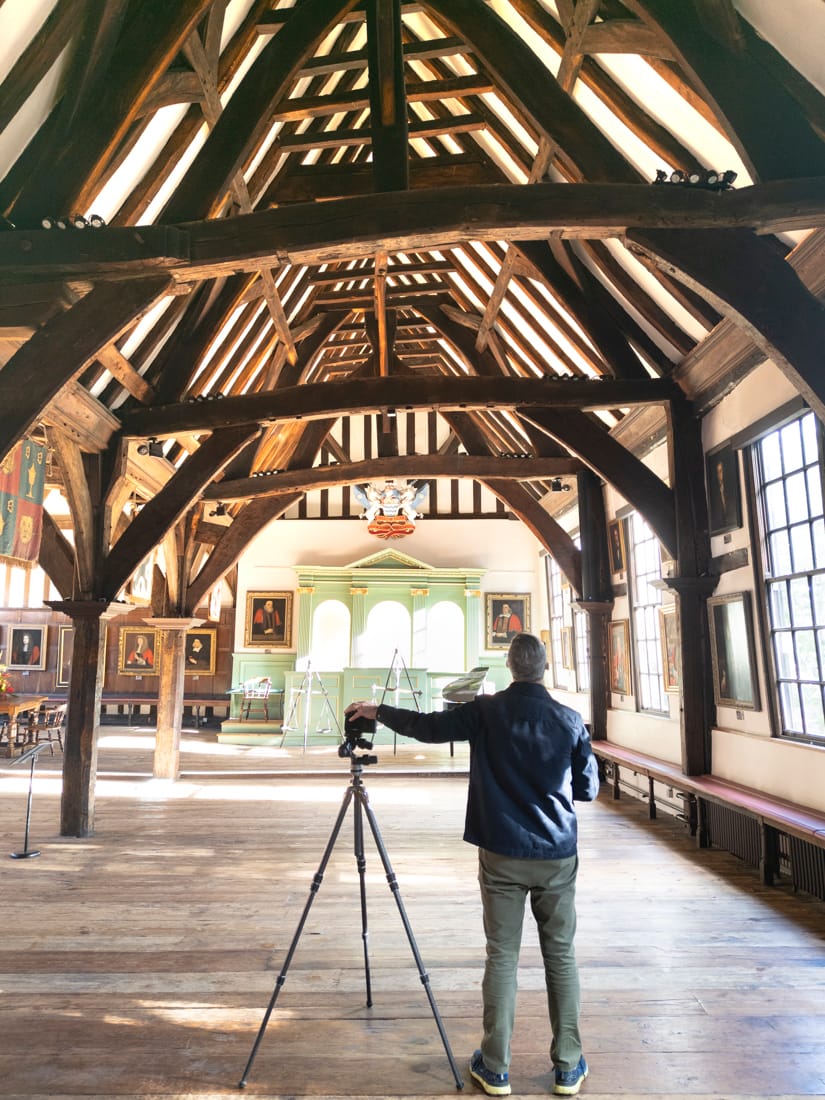
Welcome!
Thanks for coming along

⚡️ View the latest digest and the full archive here.
📐 My Goals ℹ️ Donations Page & Status 📸 MPP Status 🛍️Shop
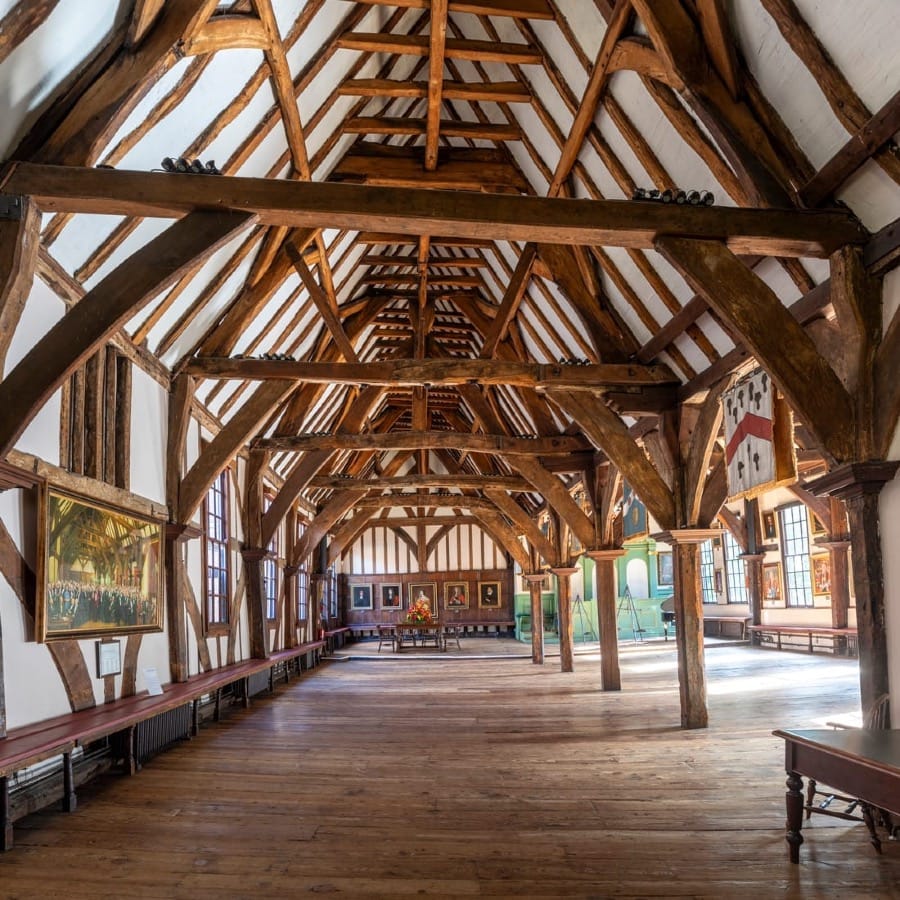
At York Merchant Adventurers' C14th timbered hall, the joy of craft has been caught in Medusa’s gaze – surging, soaring, uplifting. This place is not merely a building, but a glade within a forest – the medieval artisan’s woody memoranda embedded within the street.
“The old that is strong does not wither,
Deep roots are not reached by the frost.”
— The Fellowship of the Ring - JRR Tolkien.
In this Digest I return to an event from my travels that has stayed with me and altered my mind like wine through water.
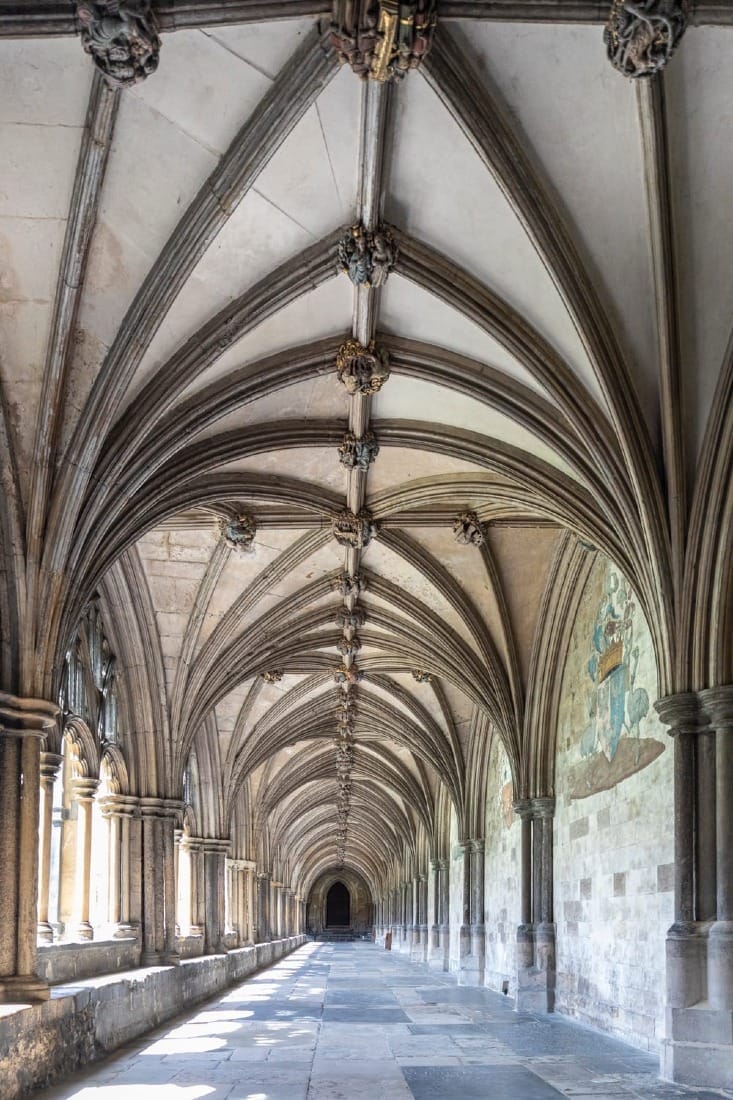
I’ve finished walking through the remarkable nave at Norwich Cathedral and I decide to head out to the cloister. From my viewpoint at one corner, the medieval bosses punctuating the vaulted intersections appear to skip across the stone ribs like a pebble skimming the surface of a lake.
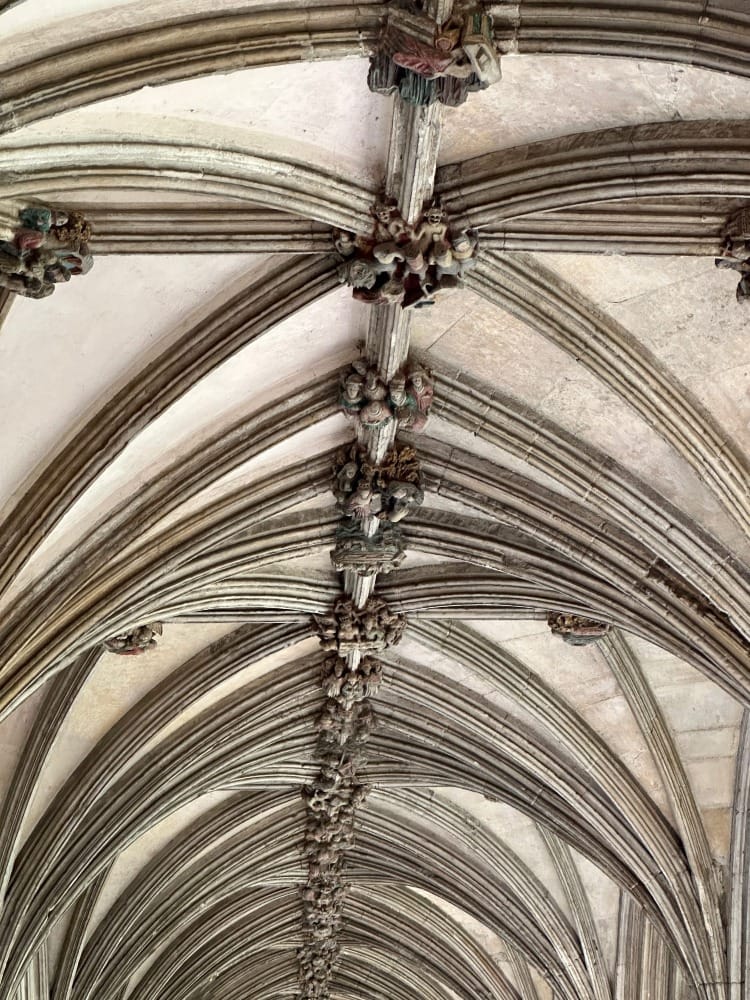
I walk the full cloister and take in each boss. The passage is immersive. Each boss reveals a scene – a moral, a symbol, a fragment of story. The drama of form, coupled with the slow rhythm of movement, gradually induces a kind of meditative suspension. The visual begins to edge into the visceral.
And then it happens.
I’m completely jolted out of my torpor by a face staring directly at me from behind a phalanx of golden leaves. I've visited many places that offer a wonderful glimpse of the past, but rarely have I felt the past glimpse back at me.

It’s a foliate head, a green man – but this feels much less an observation of a surviving artefact from history and more a deep seated interaction. There’s nothing benign here, I feel less an observer and more a participant.
I’m reminded of some words by Hugh Conway Morris* in which he raises a question: ‘Can architecture become like music, and form the bridge between matter and spirit, revealing the “rare glimpses into the soul of things”?’
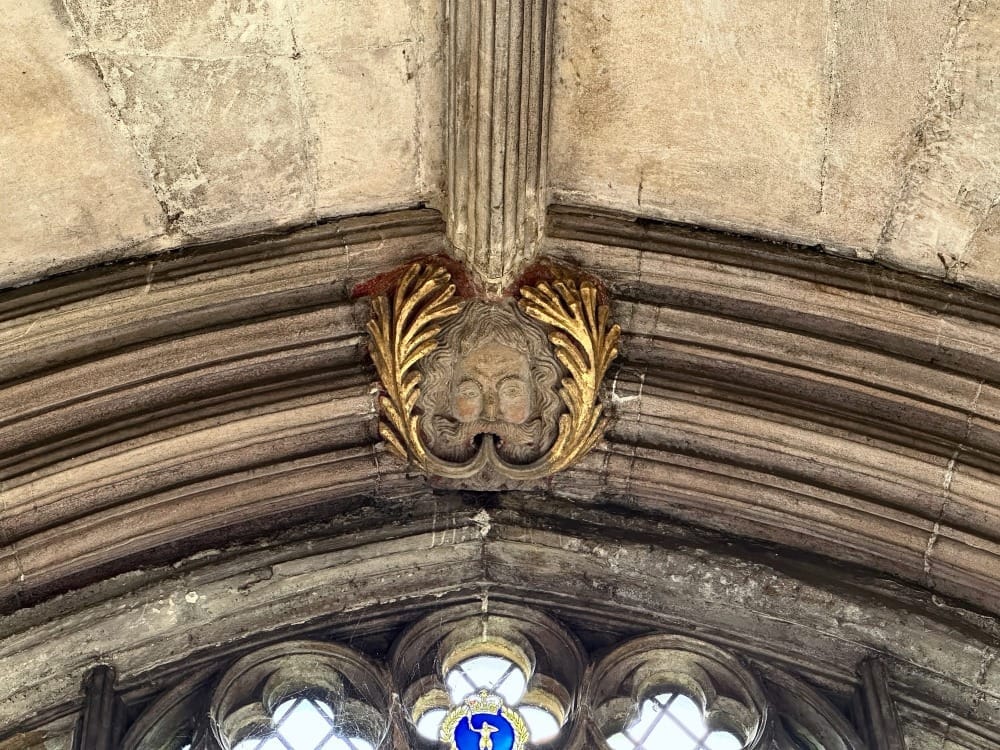
The face lights up the whole cloister and with it comes a curious nested feeling – a dislocation of scale, a folding inward. I feel suddenly small, yet also gathered into something vast. The universal is glimpsed in the microcosm of the green man’s gaze.
Robert Macfarlane once described a similar phenomenon while walking through desert landscapes – the way self-similarity and rhythm can induce a spatial reverie in which “it seemed that I might be able to enter a bird’s nest, or the bole of a tree, or pass into the curled lustrous chamber of a whelk, following the whorl of its chamber round, keeping the hand pressed to its shining surface, searching for its topmost spire.” (The Wild Places, 2008)
And I keep observing. I pull out my sketchbook and trace the lines without looking at the paper and as Macfarlane passed into the chamber of a whelk I seem to pass into the minds of the people that carved the form.
They told me that what they have made is a kind of philosophy in stone. That to bring nature into architecture – not as decoration, but as presence, as participant – is to resist the flattening impulses of over-definition and over-regulation. These carvings are not indulgences, but awkward interruptions in the Gothic psyche. They press against certainty. They provoke a different kind of attention. They are little pinholes of light from the deep and distant past – ones that speak of rooted wisdom and continuity.

To depict nature breaking through the human form – leaf and vine erupting from brow, mouth, cheek – is not merely a visual conceit. It is a metaphor turned declaration: a recognition of entanglement. A message, even a warning, whispered forward through time.

These churches do not stand alone. They rise from pre-Christian landscapes layered with meaning – sites long shaped by ritual, imagination and reverence. The green man belongs to that deeper palimpsest. It is an older symbol, reinterpreted and syncretised across the centuries, but never entirely emptied of its original charge. In the cloister, it functions like a Trojan horse – assimilated into Christian iconography, yet still carrying the animistic pulse of older worlds beneath its leafy mask.
The green man, and woman, has persisted through centuries – perhaps through Bacchus and the Byzantine, then beyond the fall of the timbered arcade and through the crumbling of the Romanesque, before vaulting the Gothic into the modernity of a Coronation invite.

They are not relics but a recurrence – a charged figure in the long continuity between land, story and myth.
In an age of mis-information, when enchantment is often reduced to content and meaning traded for metrics, this face in the cloister reminds me that wonder is not a luxury – it is a necessity. It is not the enemy of reason, but its complement. Enchantment, here, acts as opposition – against inertia, against the dulling slide into abstraction and control.
It is an icon of resistance.
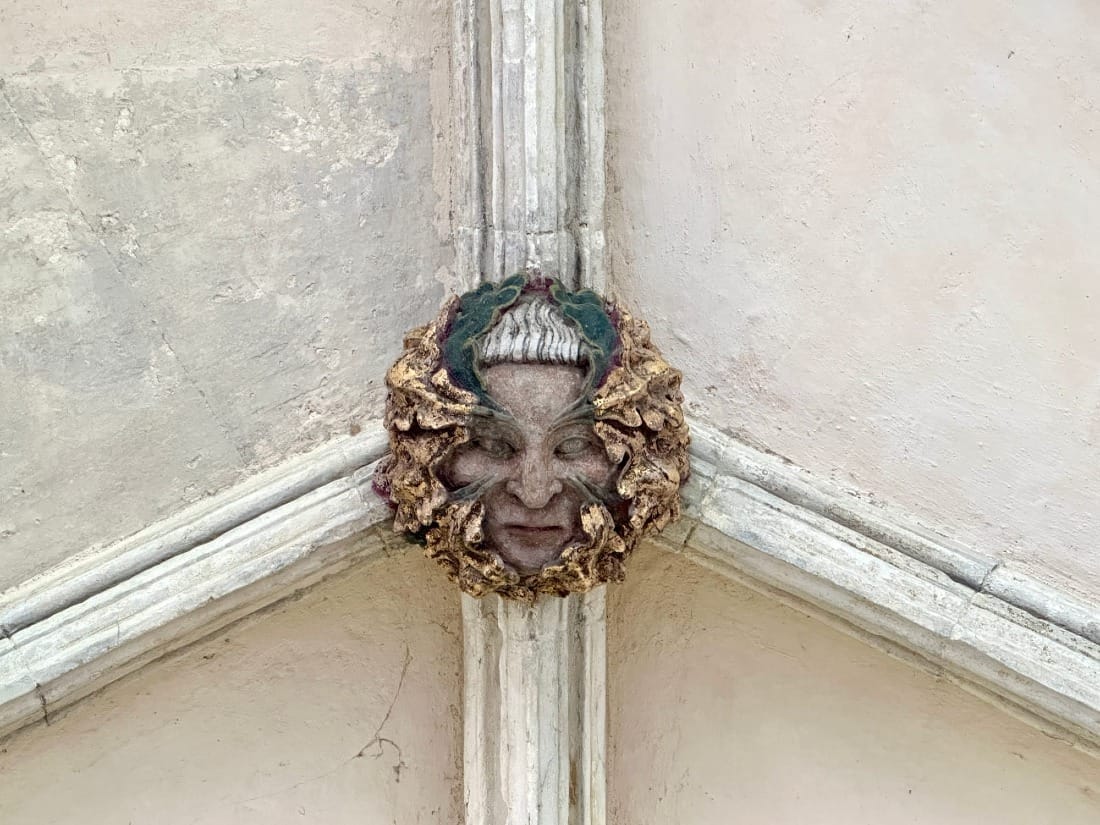
The foliate head does not offer easy comfort. It disrupts. It reveals. But in doing so, it reanimates the spirit. It invites us not to skim the surface of the world but to press into its whorled interior – like a hand along the chambered shell, seeking the hidden spire.
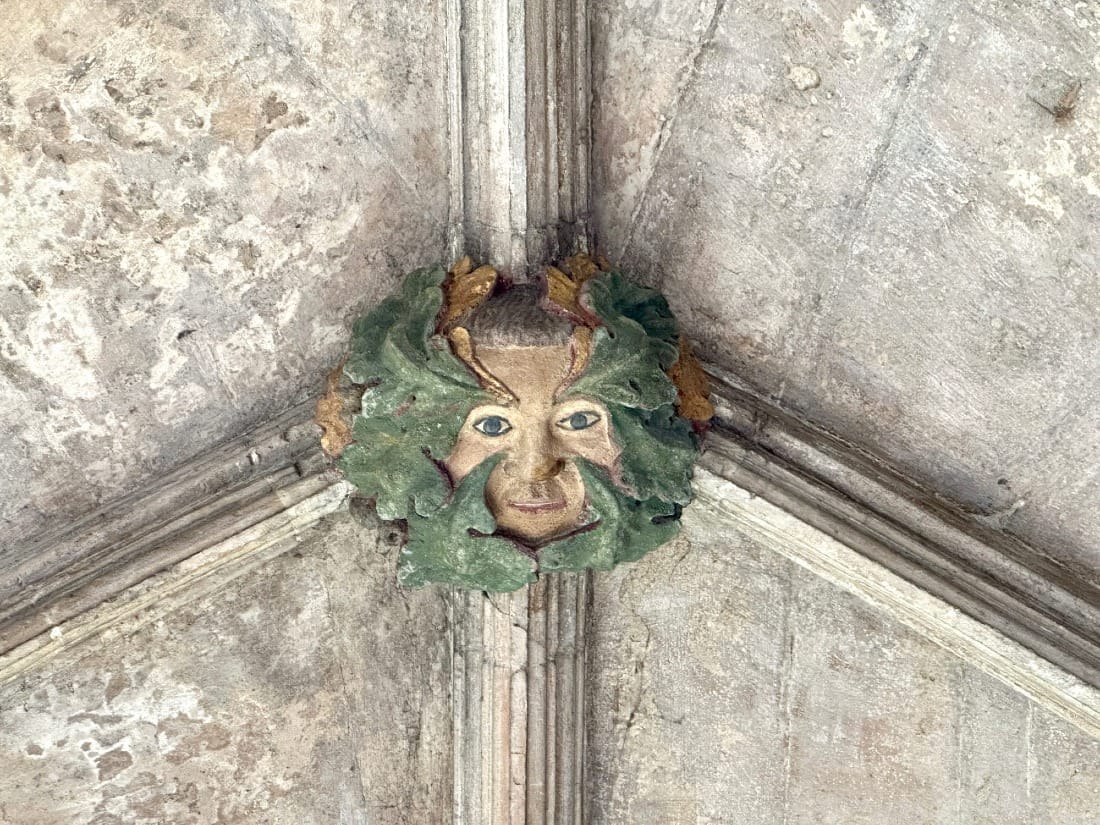
*Hugh Conway Morris: Architecture of the Poetic Universe.
I put my heart and soul into the Genius Loci Digest and it takes a day a week to produce. With your support, I’m able to keep this digest free and public facing. 📸🏛🚐
✨I'm offering one of my 50 edition art prints to the first three people that become members today.✨
Check them out here:


Jack Badger Traditional Joinery Company
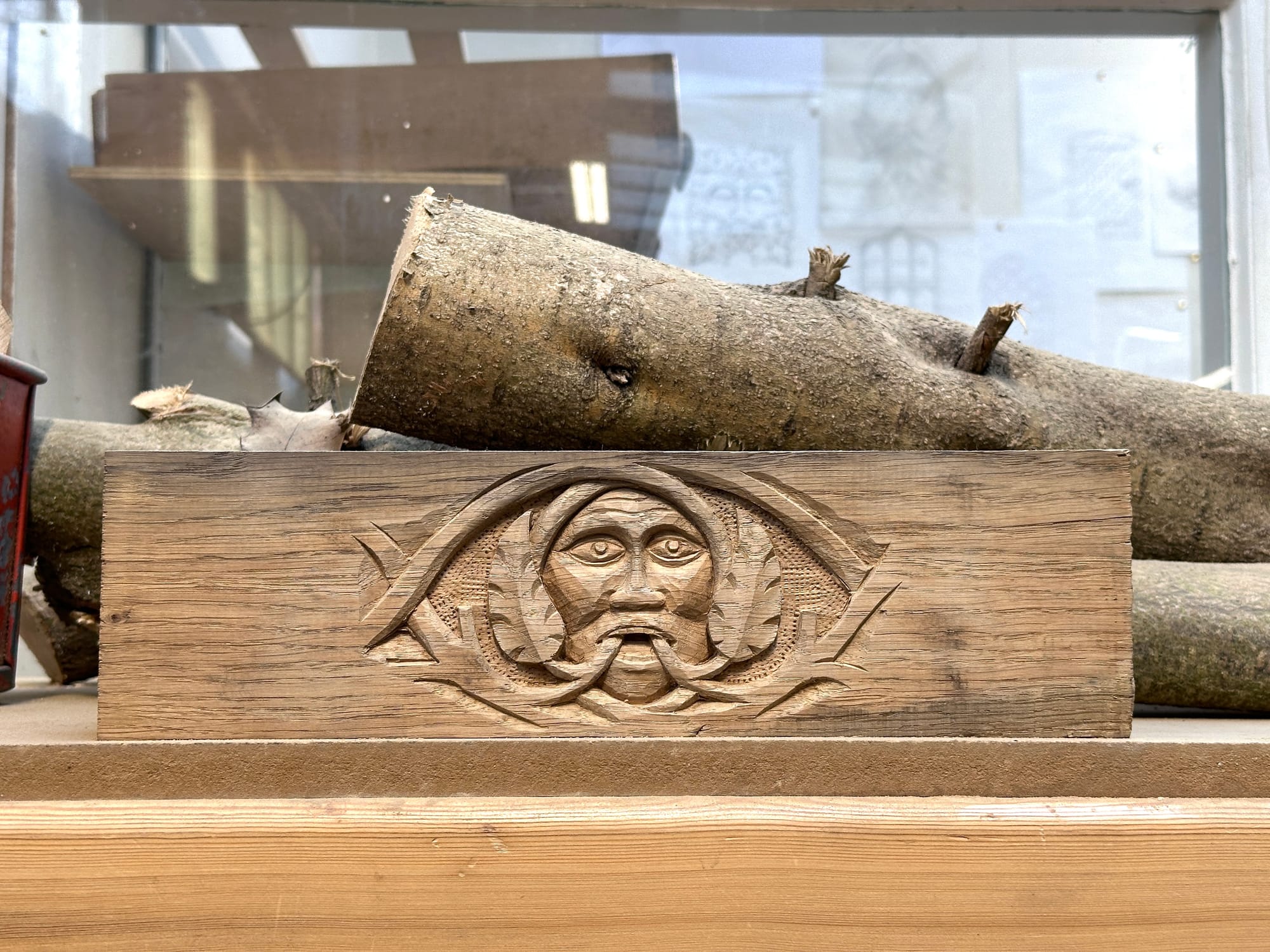
And so it goes on.
When I visited Jack Badger Traditional Joinery Company with Ken Sisk productions, one of the students was practising their art by working a green man into a piece of timber.
A Glimpse into the Foliate Head Comperandum
I thought I'd give subscribers a glimpse into the Member's Foliate Head Comperandum - a record of all the foliate head carvings that I come across. It is updated every time I photograph a new one. There are several Member's comperandums with varying themes.
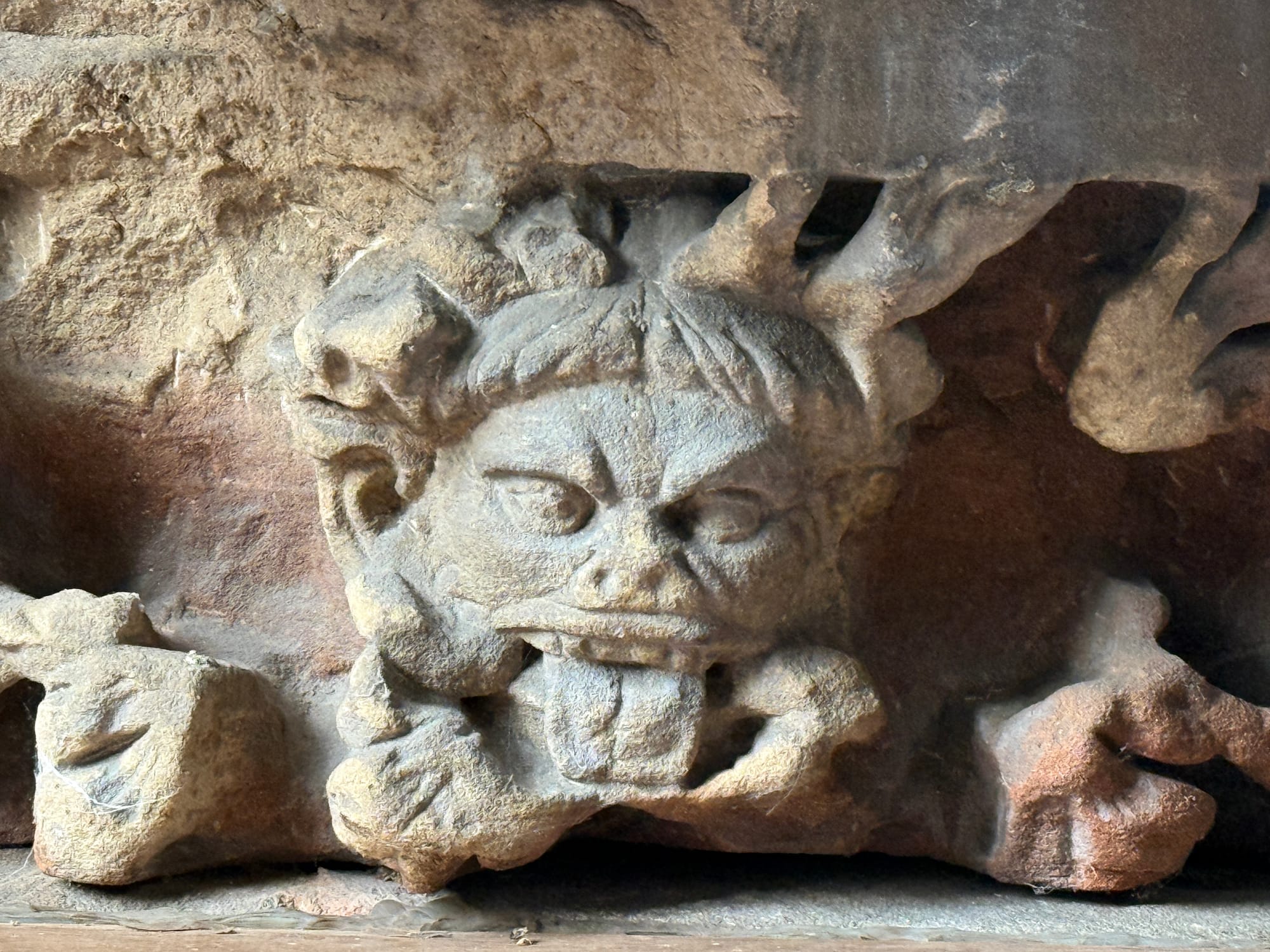
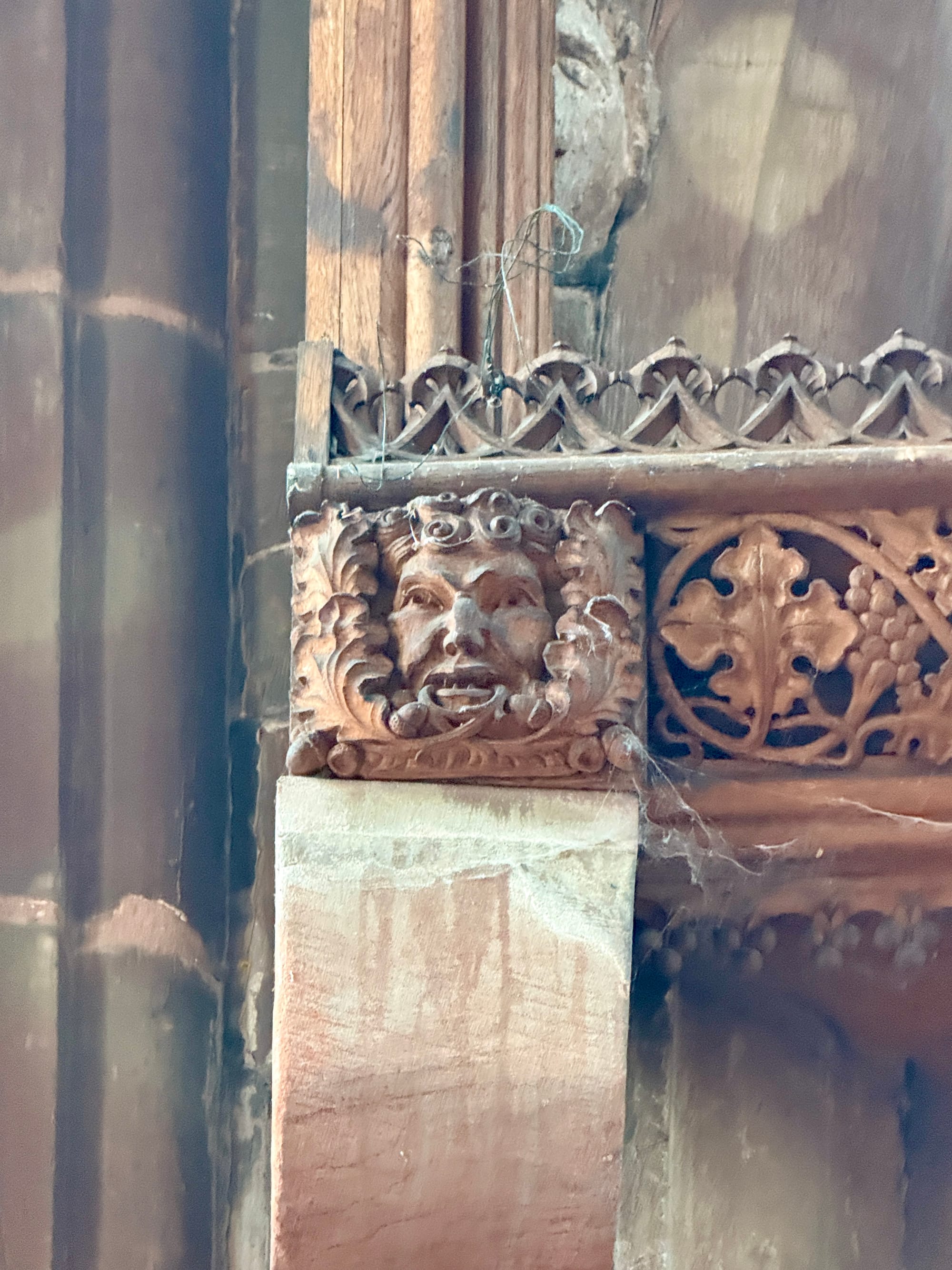
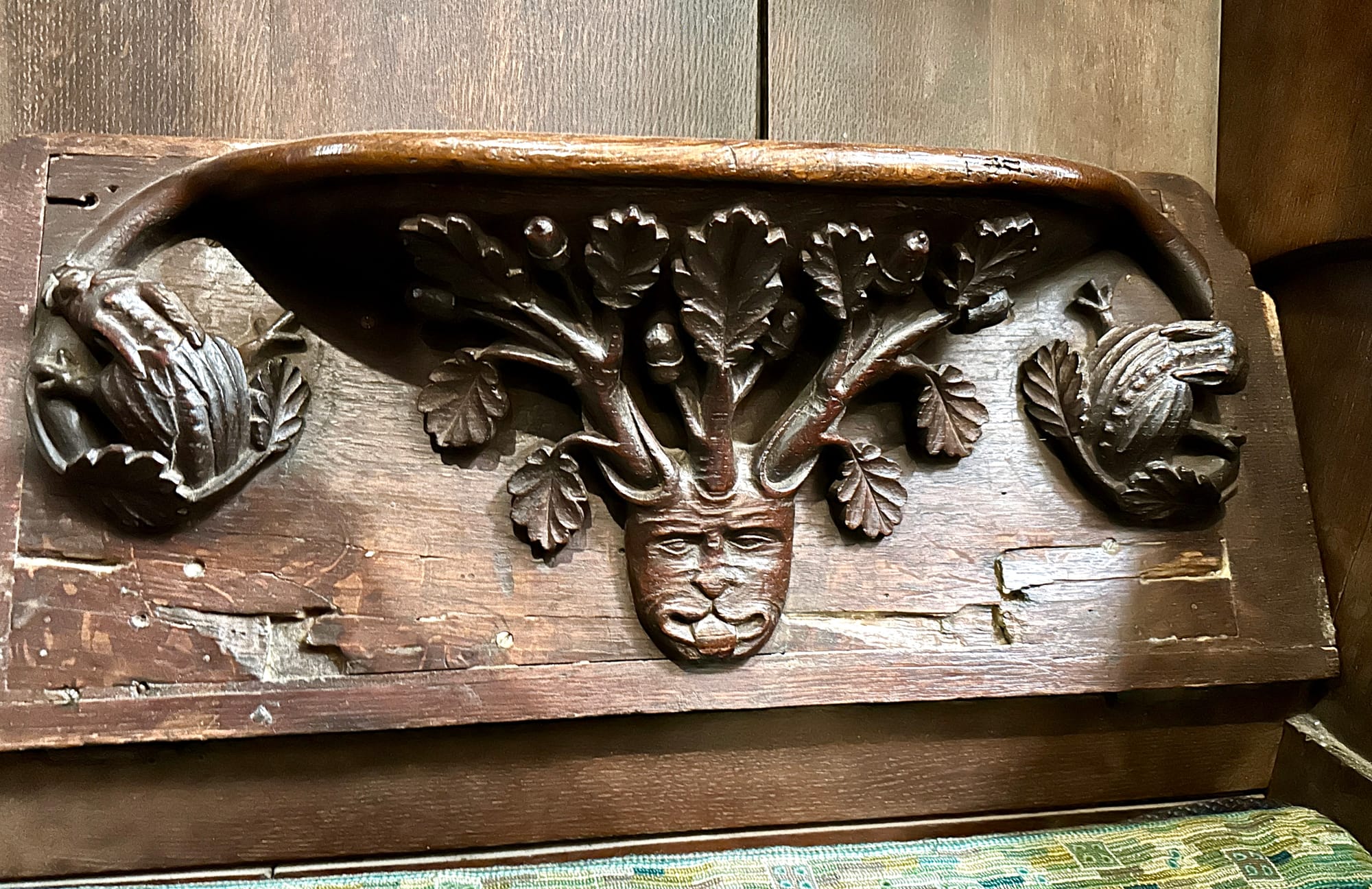
I love the amount of creative ways that the foliate styles have been articulated to fit into the various architectural forms: finials, capitals, stops and bosses.
And spandrels...

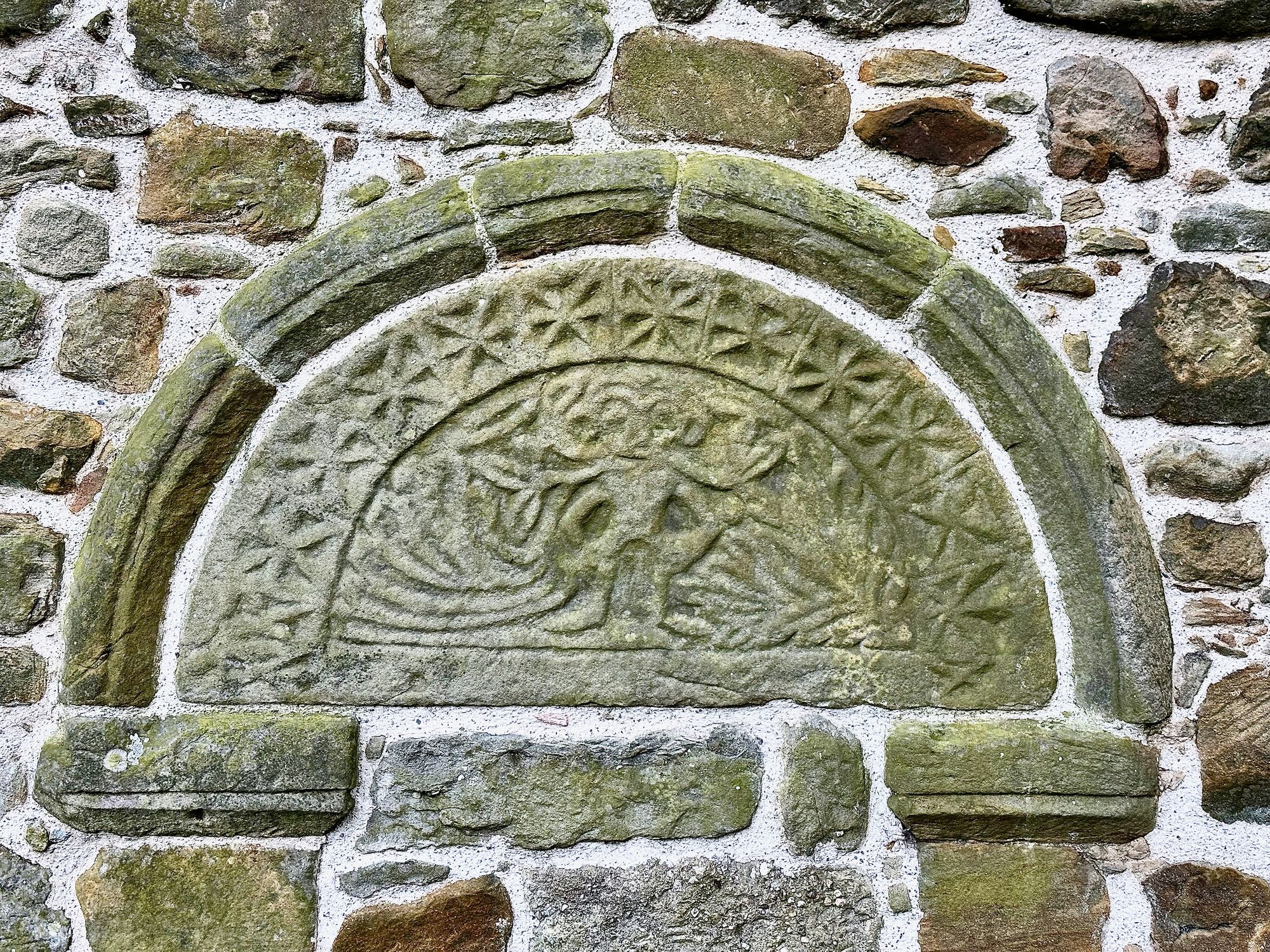
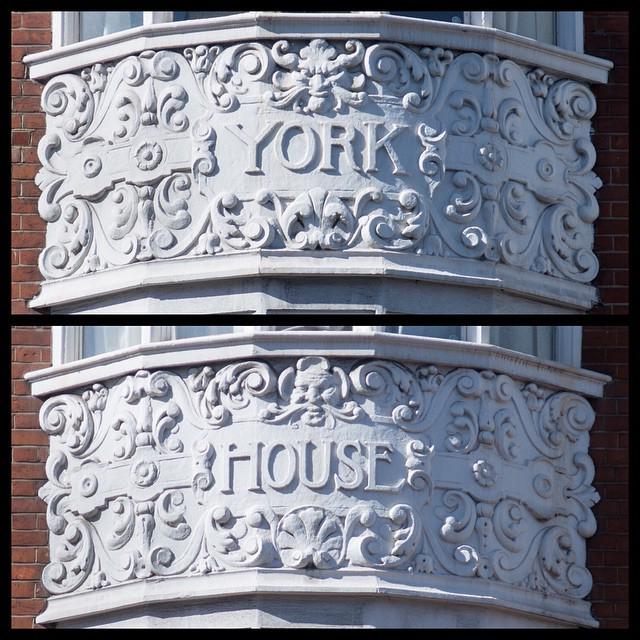
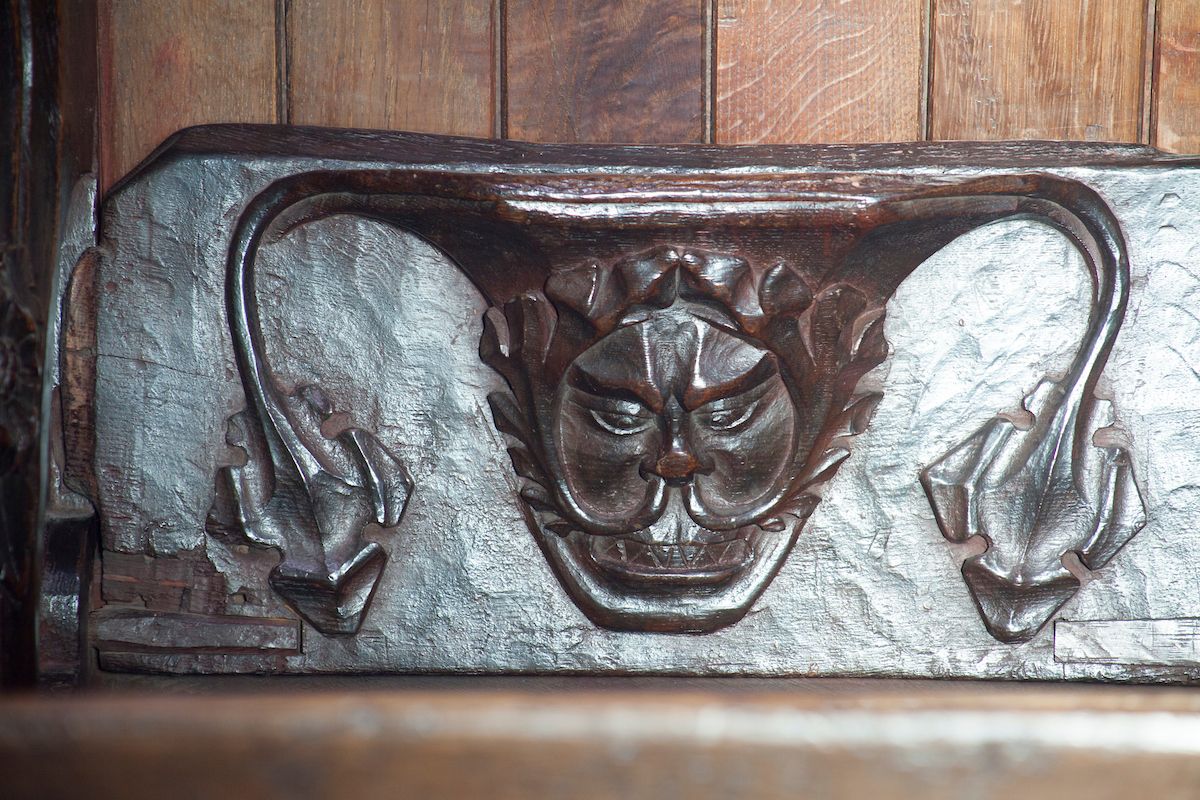
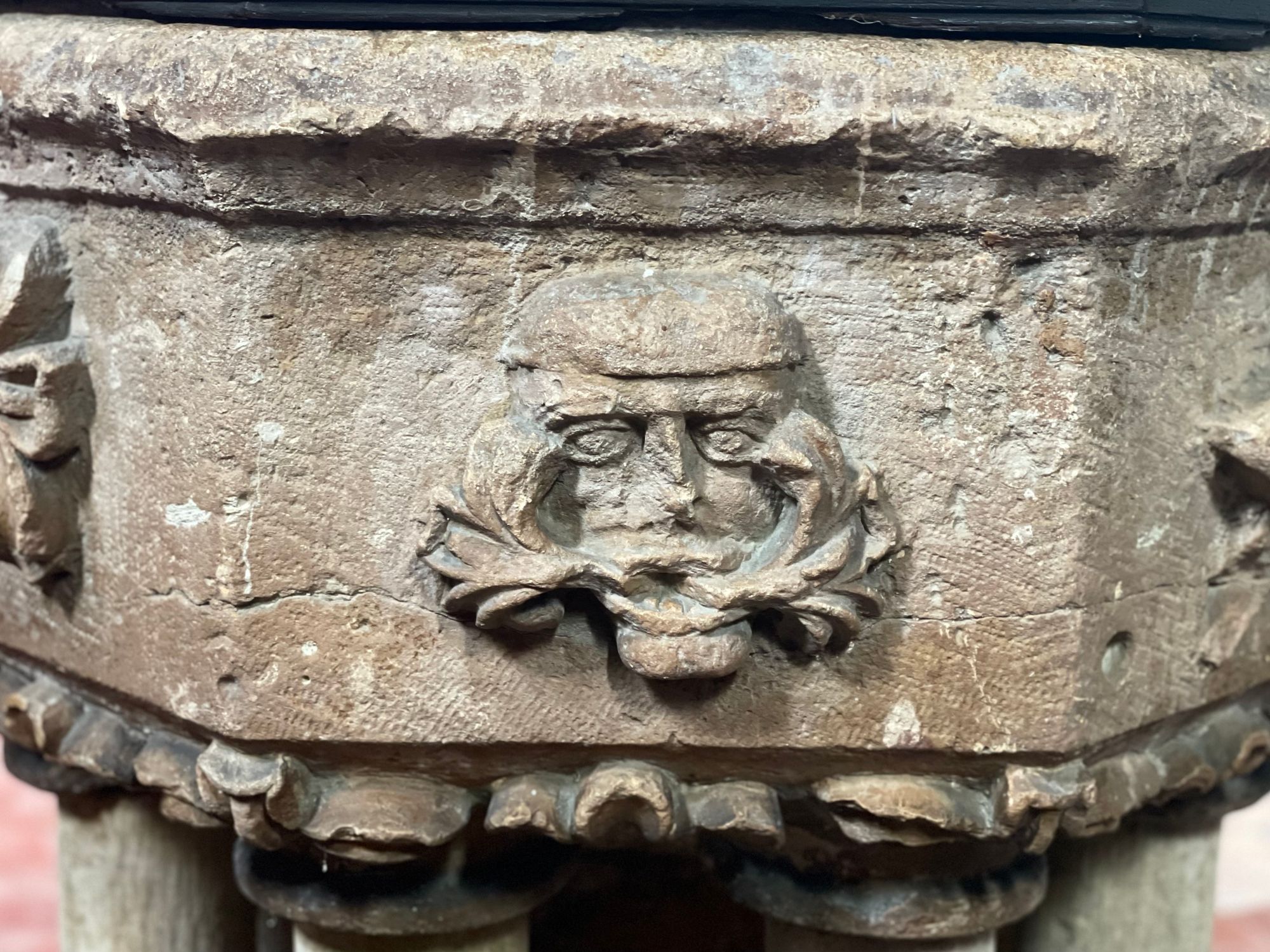

Just a few minutes comparison brings out a kind of foliate head typology. Those with tongues out, those with teeth and tongue, those with tendrils coming from their mouths and those from their faces or eyes. Human faces, sprites, kings and bishops.
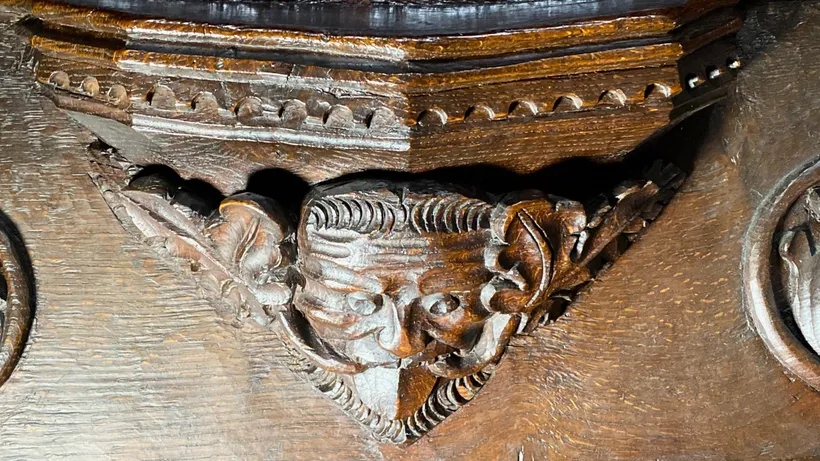
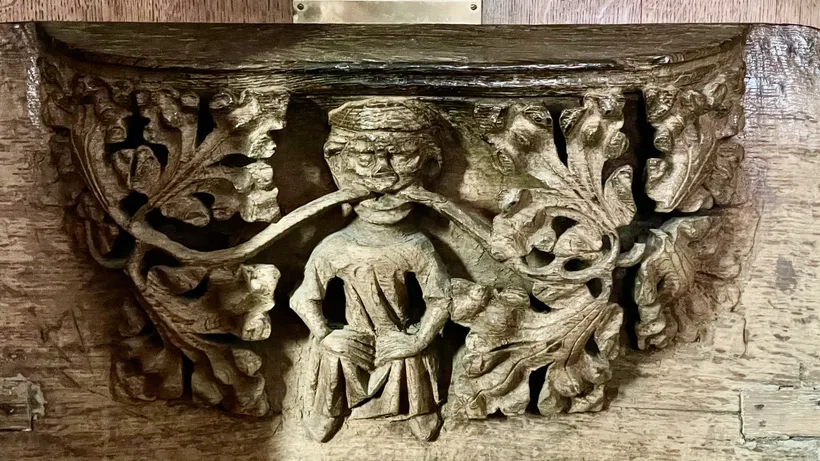
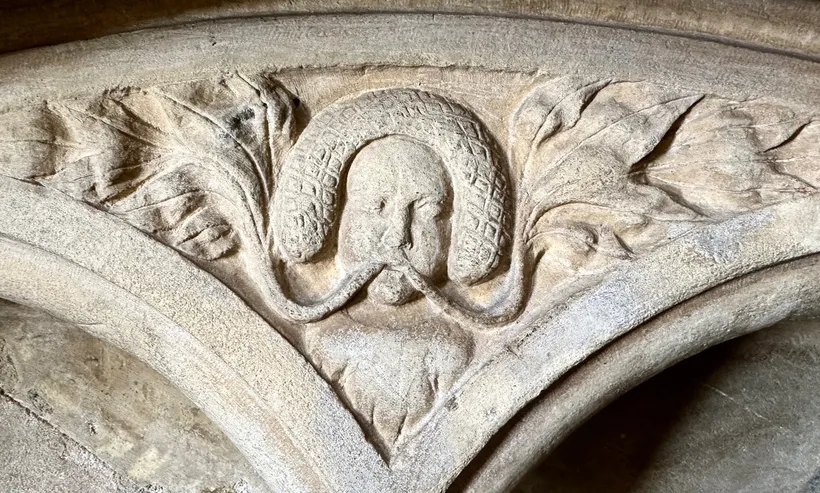
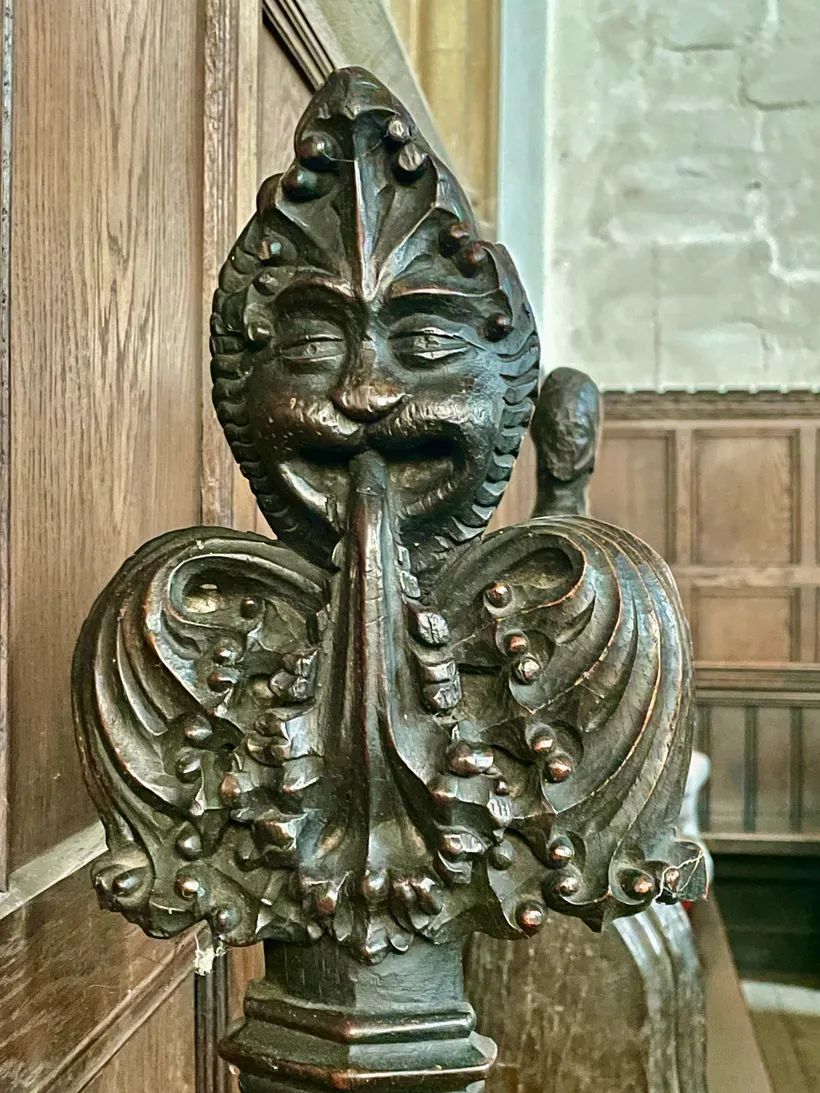
Alternative Viewpoint
Guy Shrubsole calls them 'mysterious grinning heads' and notes that 'some argue that the Green Man is a half-memory of the pre-Christian Wildwood; others contend that it appears in the greatest concentrations where there are surviving stretches of ancient woodland. '
He continues: "If nothing else, such carvings point to how familiar medieval culture was with the local ecology: an agrarian society living in tune with the seasons, utterly dependent on nature for its food, fuel and medicines. This leads us to the most likely explanation of the Green Man's true meaning as a symbol of nature's regenerative power, and its likely co-option by the Church as a metaphor for Christ returning from the dead."
The Lost Rainforests of Britain
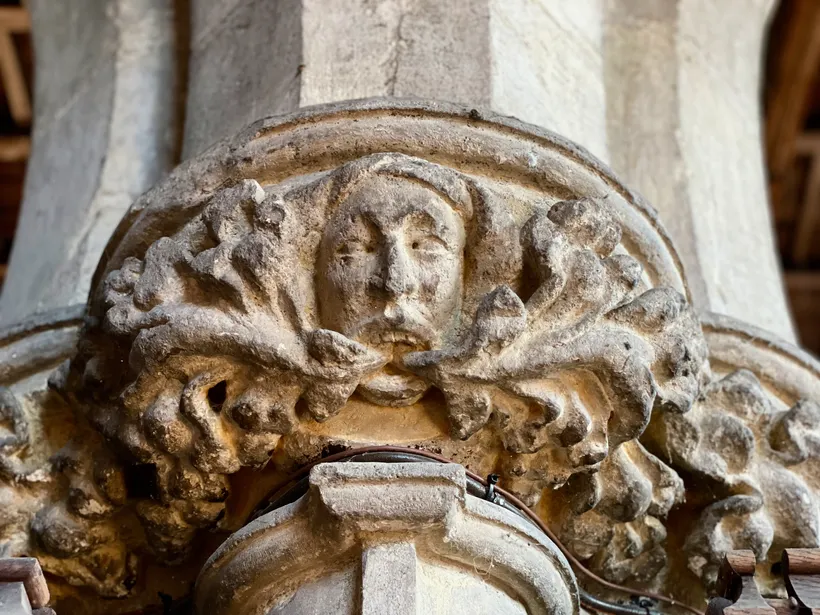
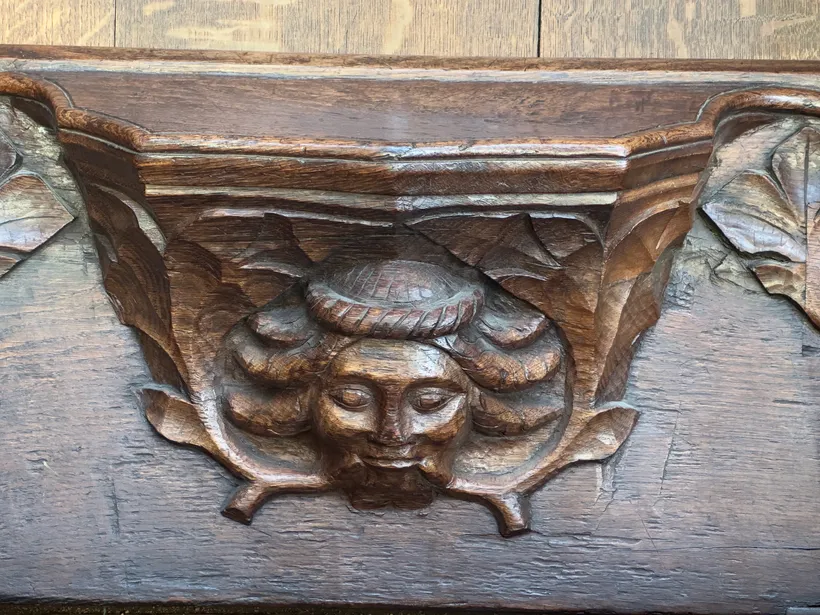
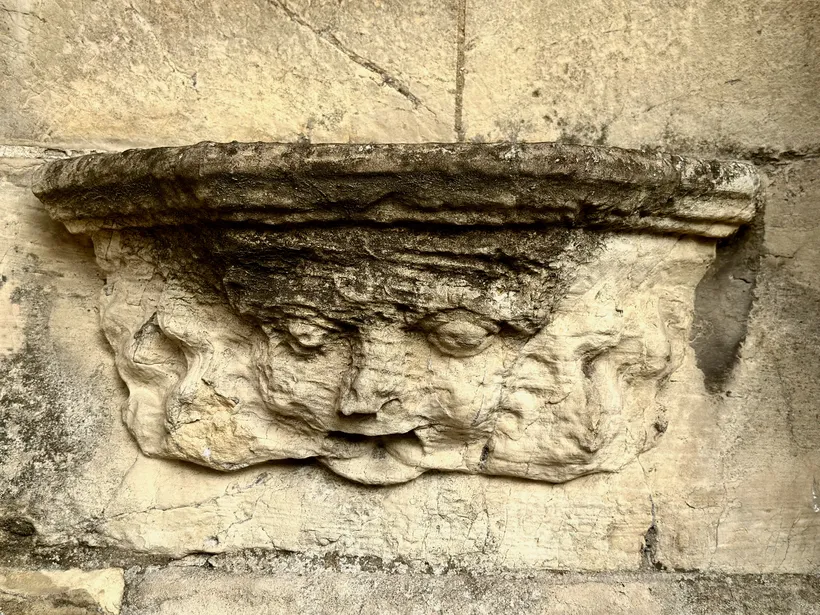
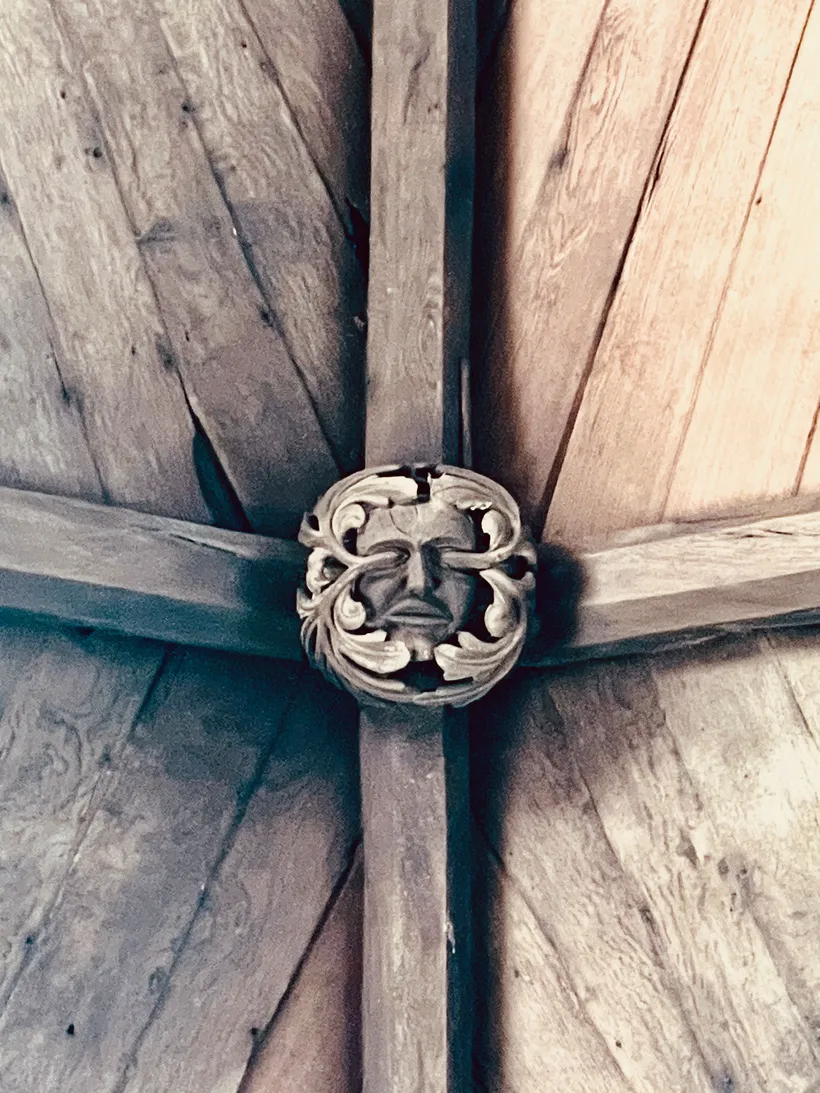
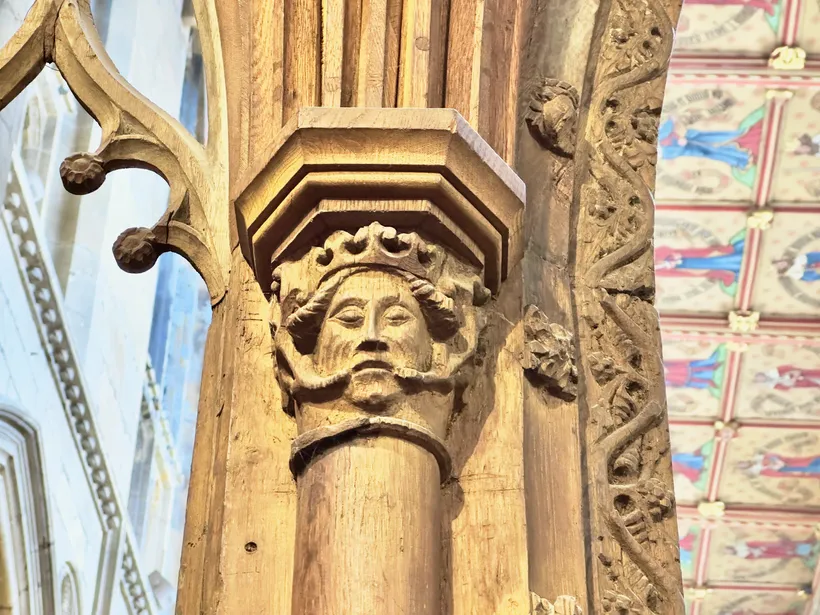
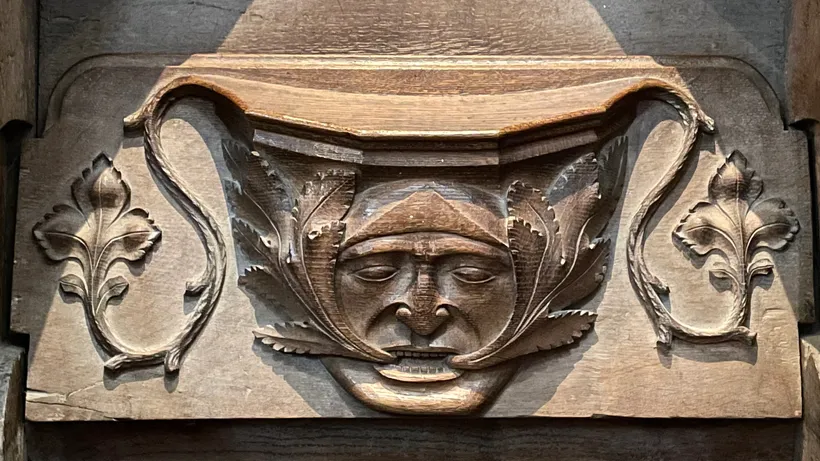
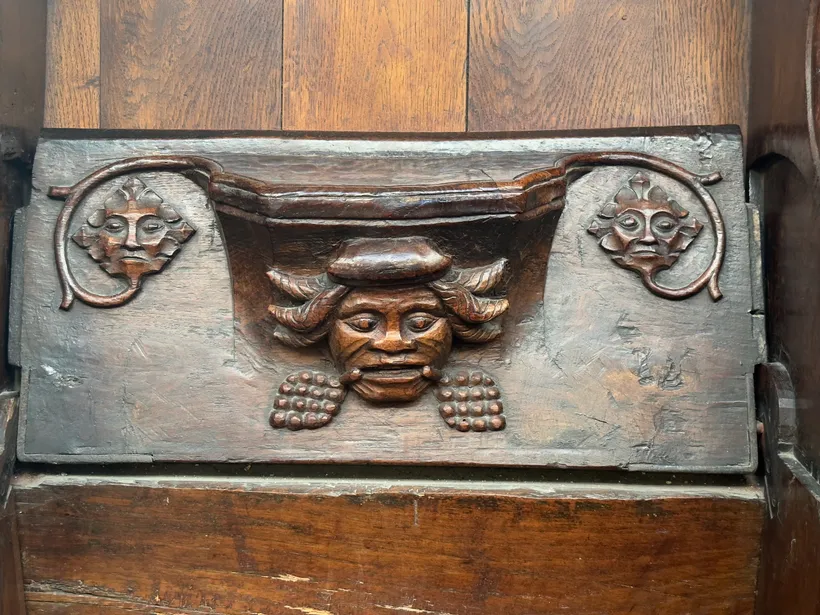
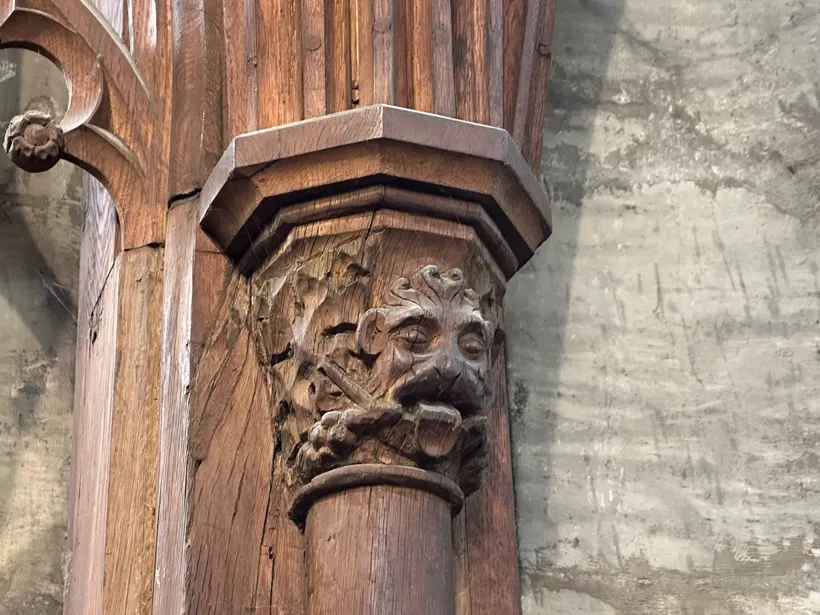
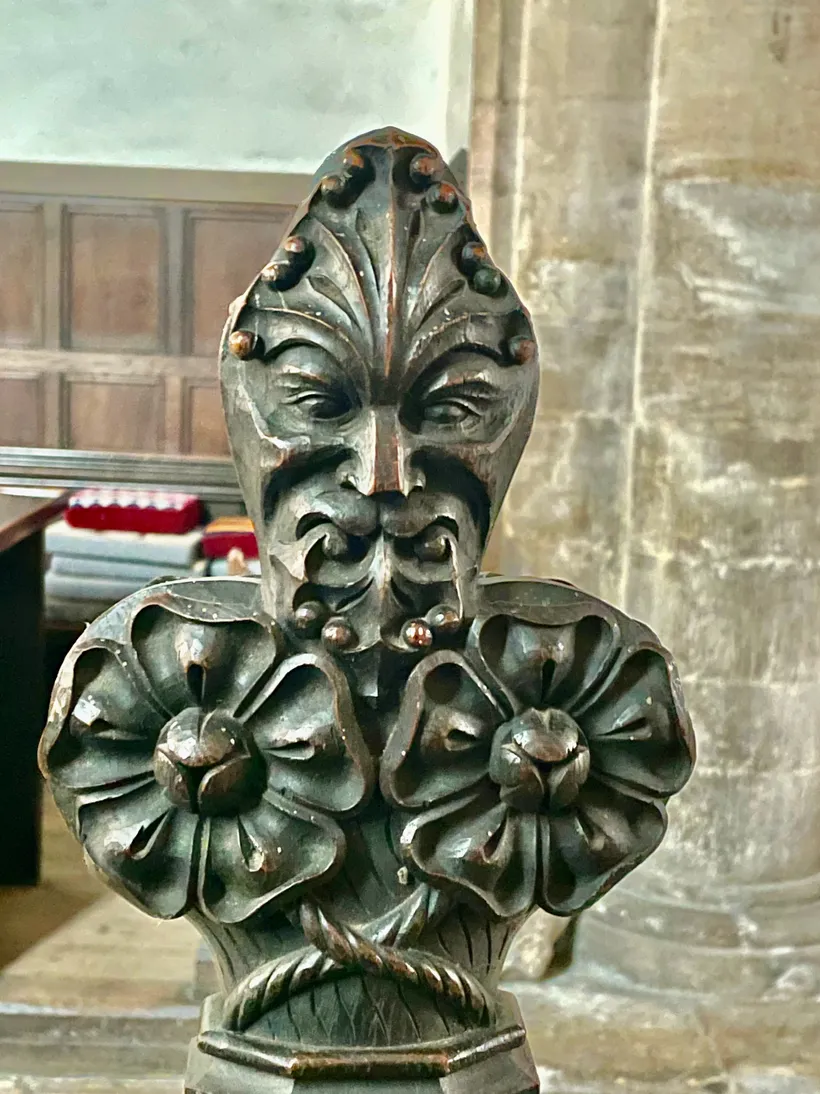
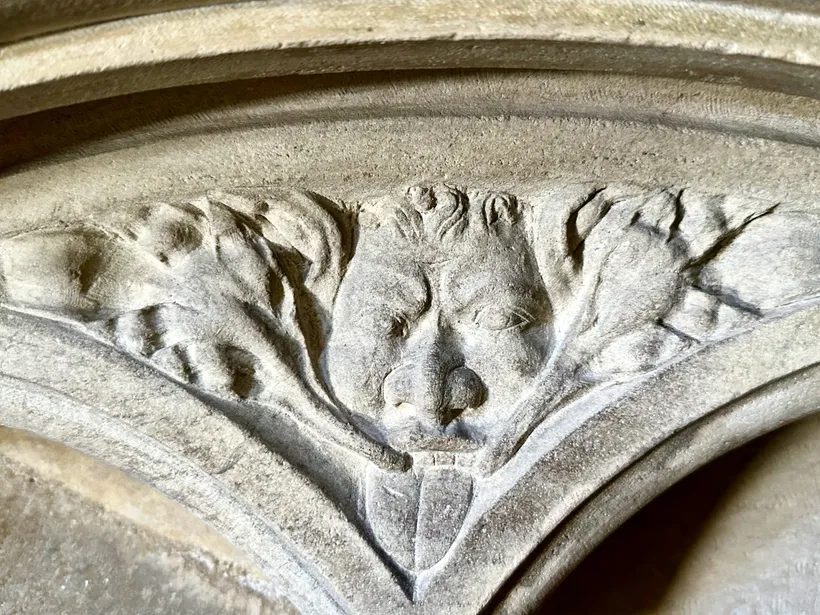
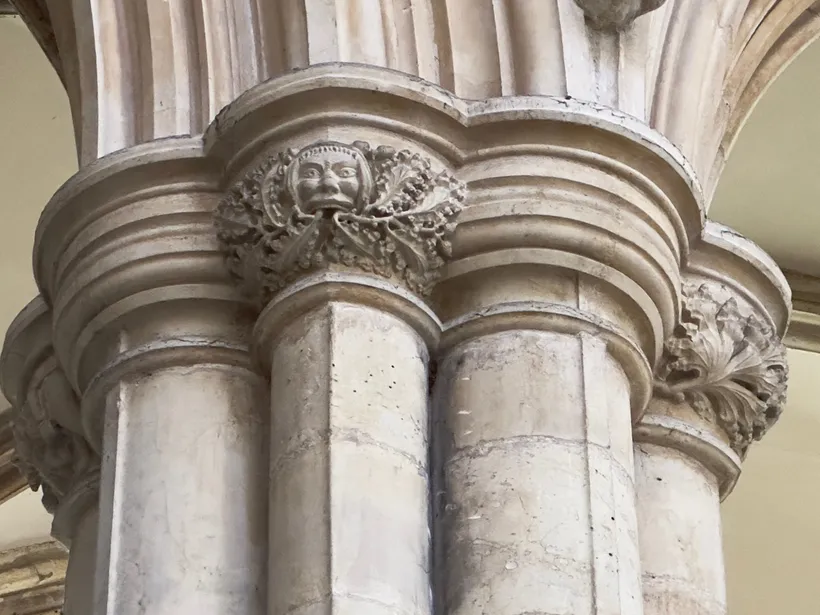
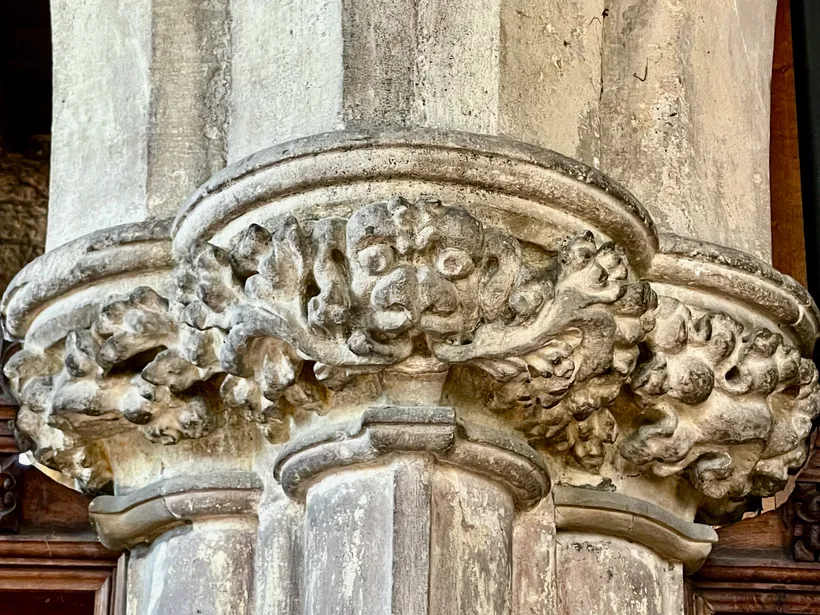
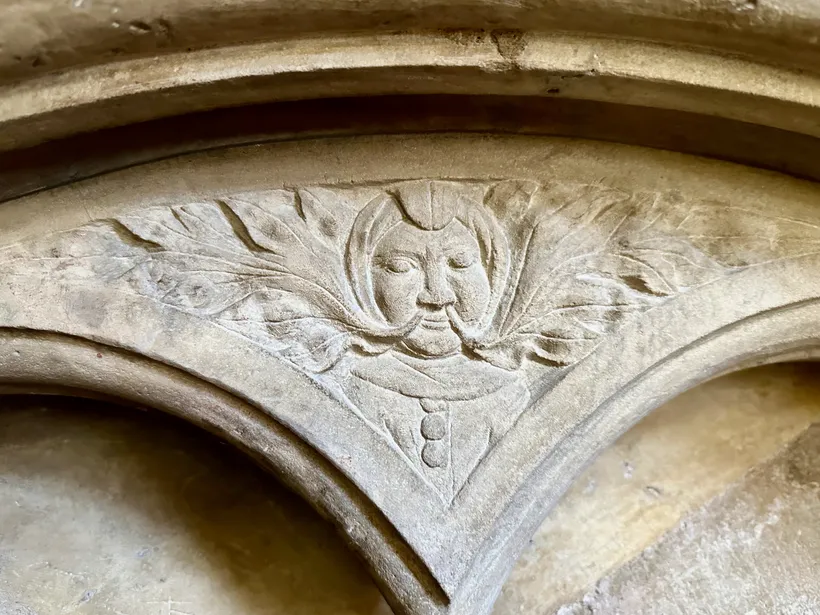
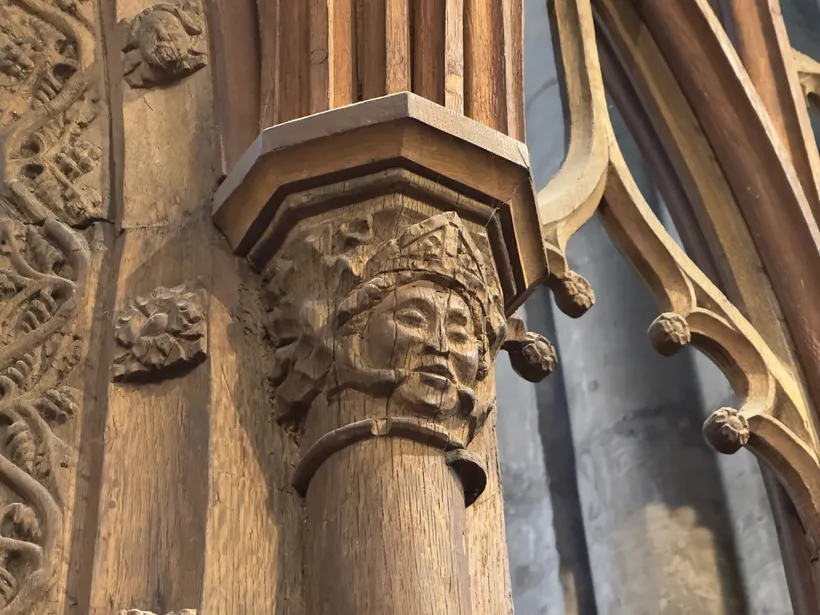
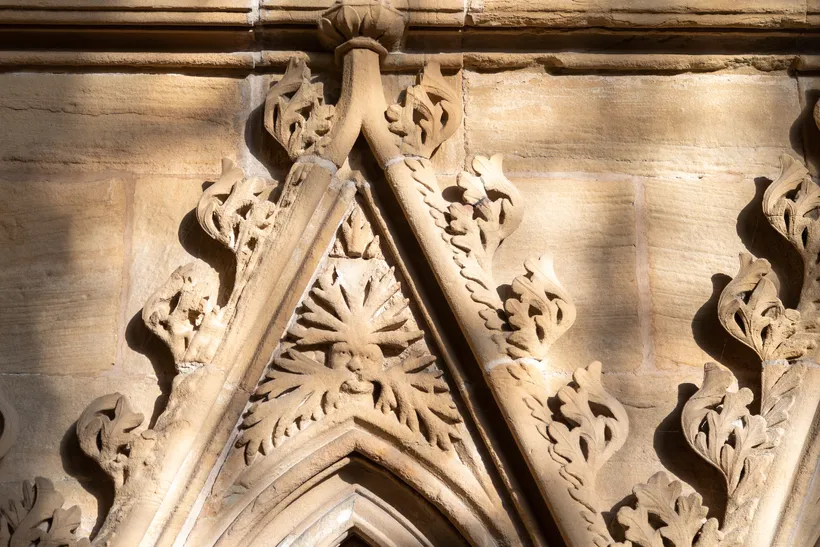
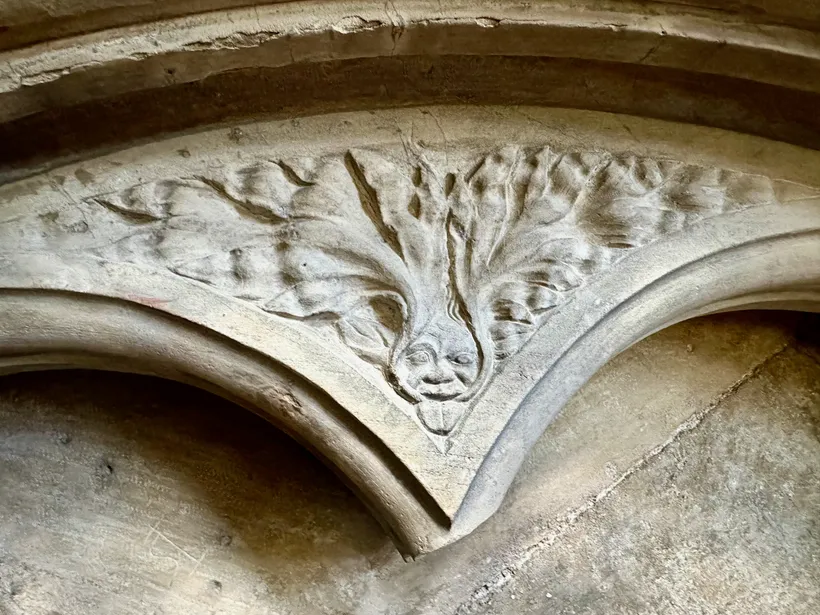
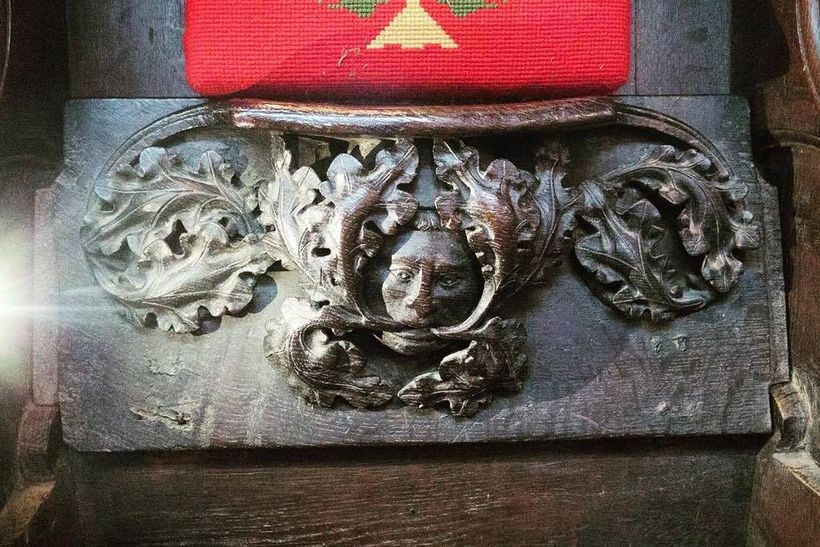
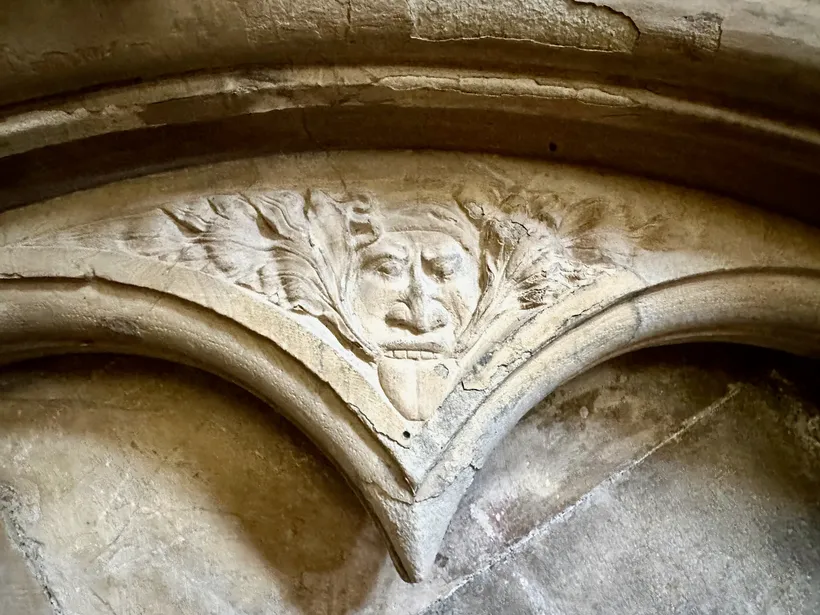
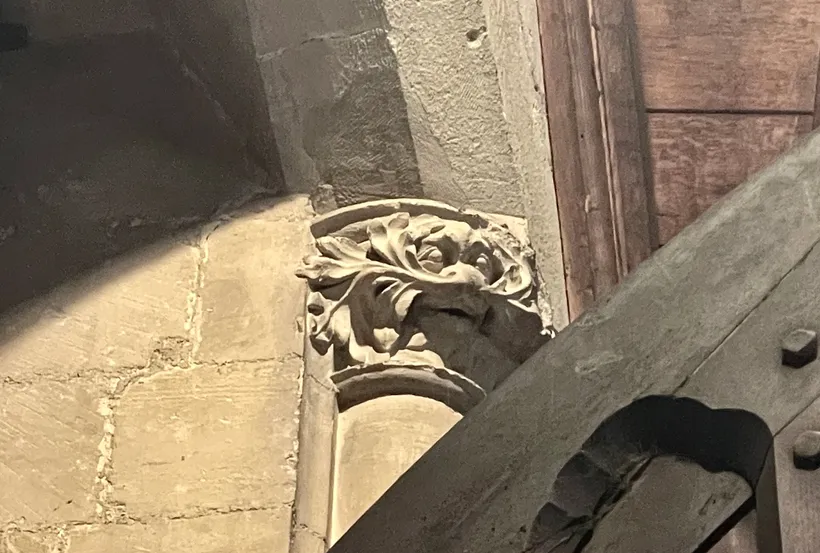
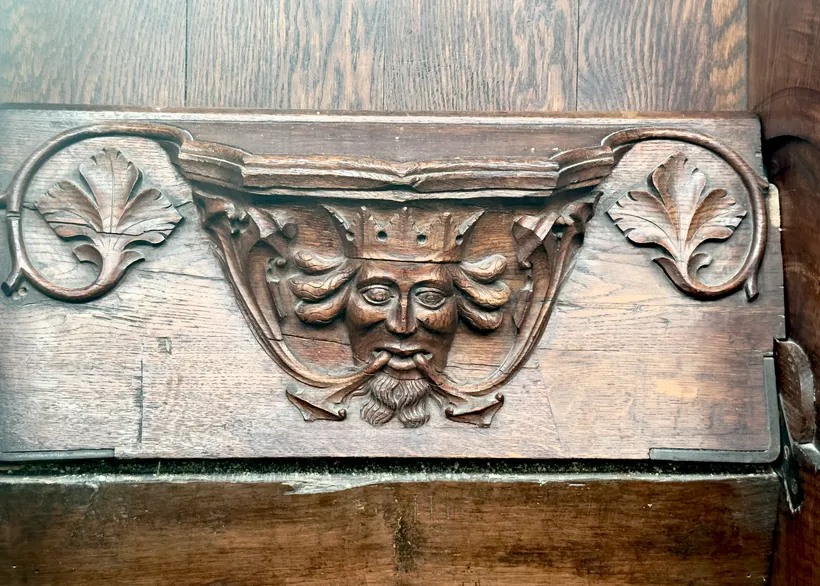
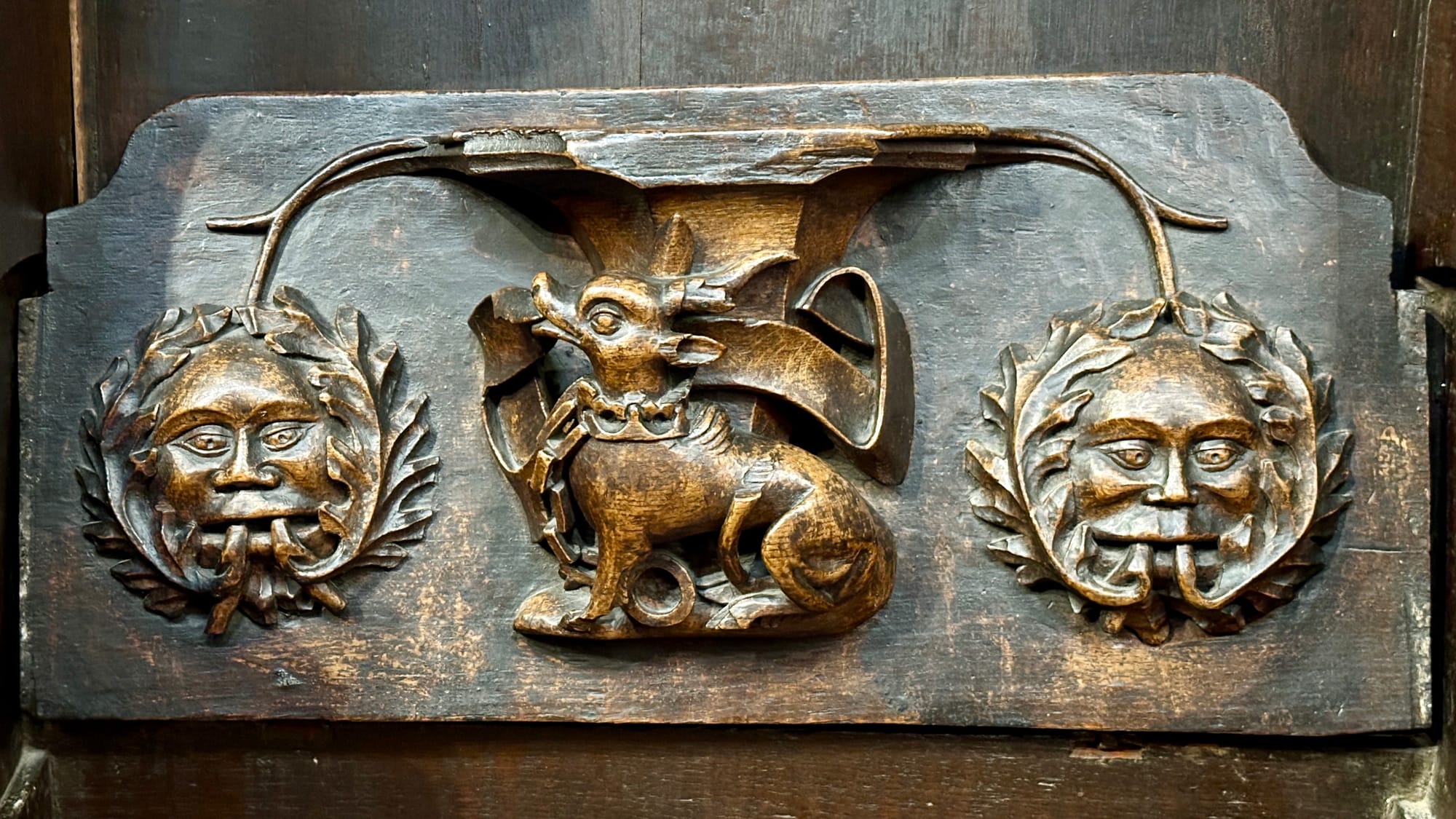
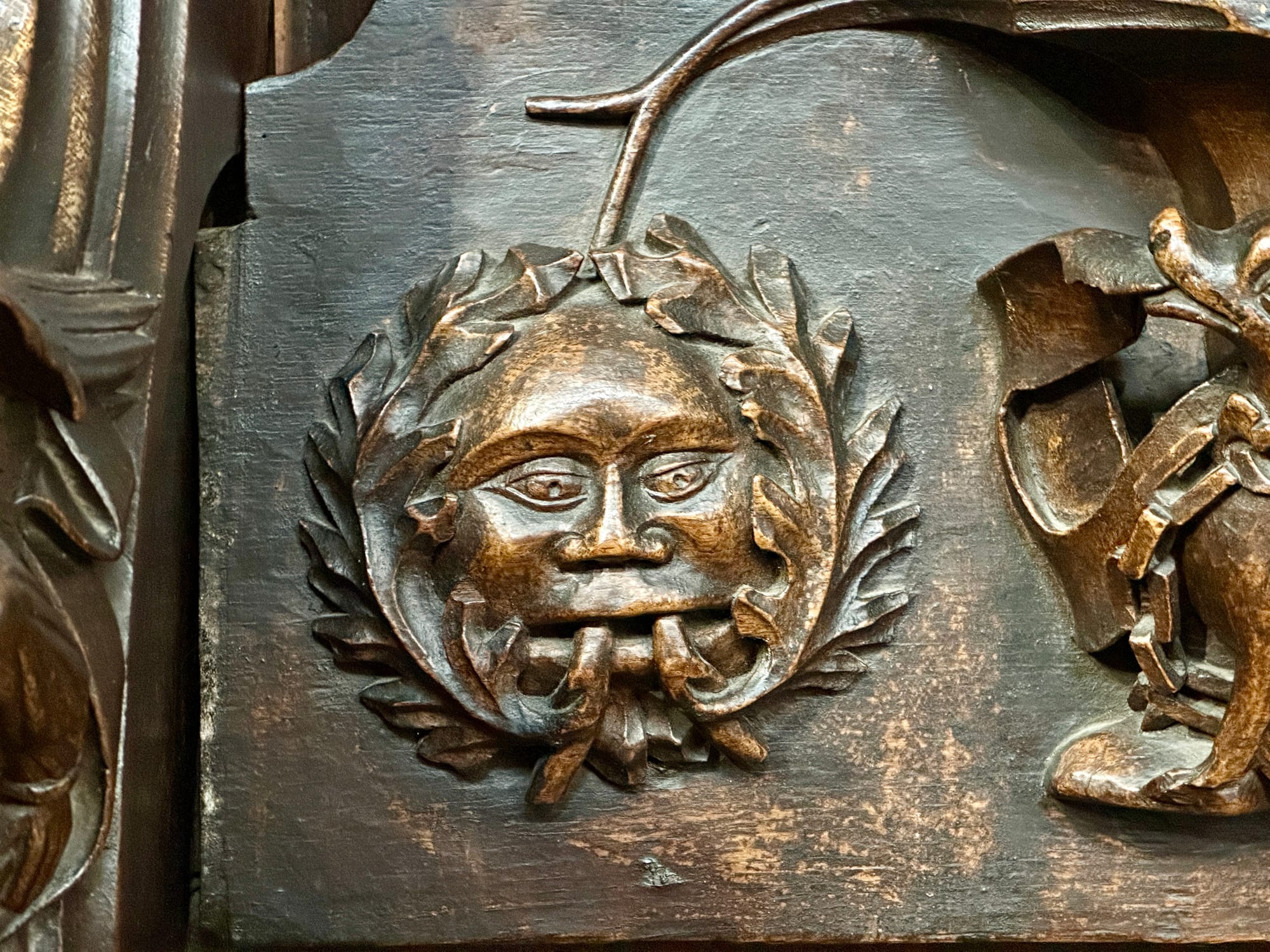
Foliate Head Map - Some of my favourite places to find the Foliate Head
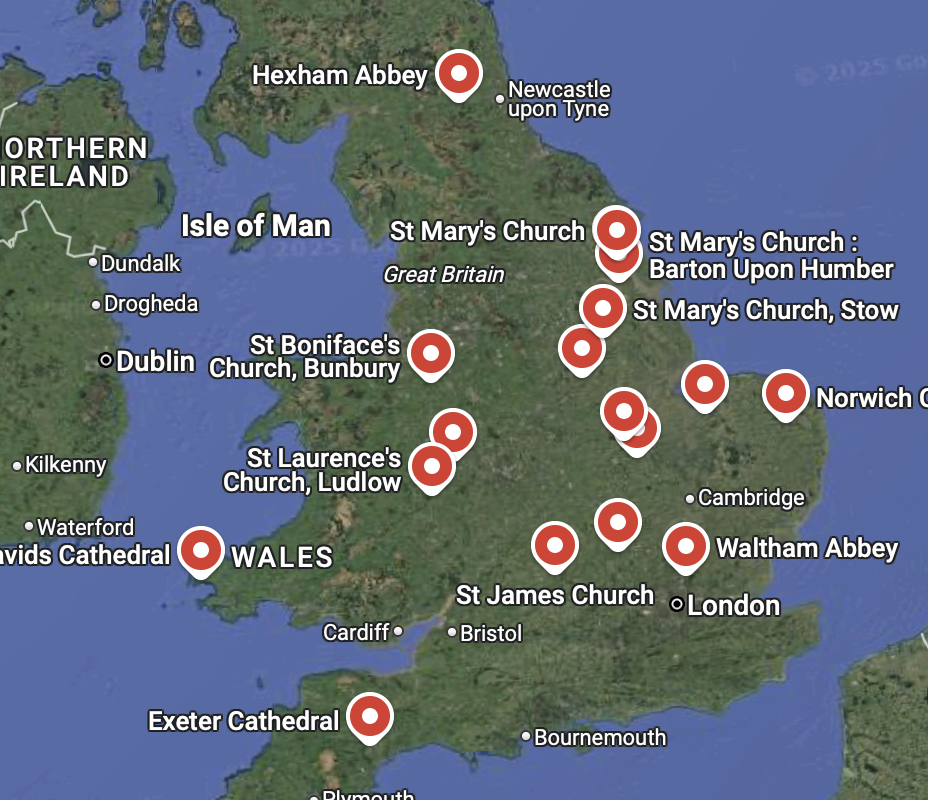
Click below to see the map:
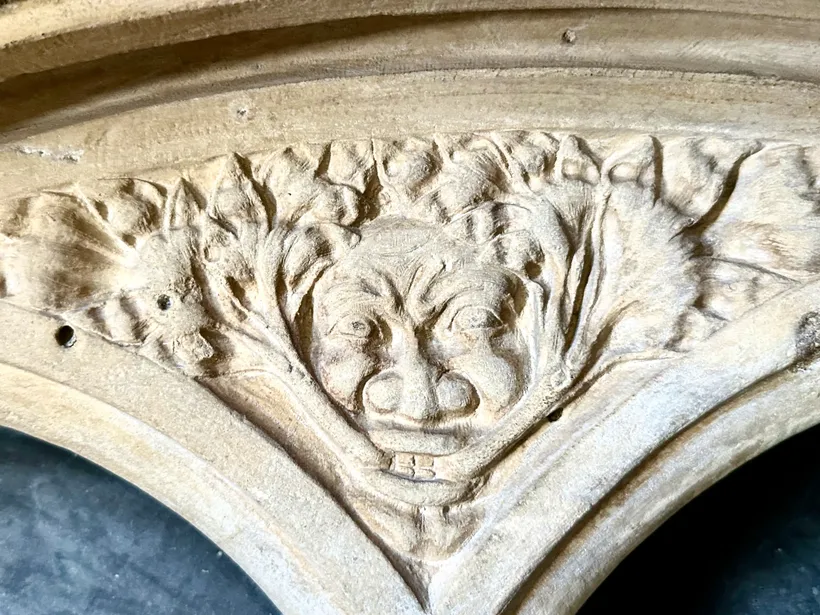
Seen enough to stir something?
This glimpse into the foliate head comperandum is just a fragment. Members get full access to the growing archive – plus deeper writings, behind-the-scenes journeys, and ongoing discoveries rooted in place and meaning.
Become a member and walk a little further with me.

Woody is having his curtains replaced with blinds in the coming days. The curtains have been a real faff - always losing their hooks. The new blinds will be incorporated into a unit and fitted to the windows. I'm getting them from Vanshades.

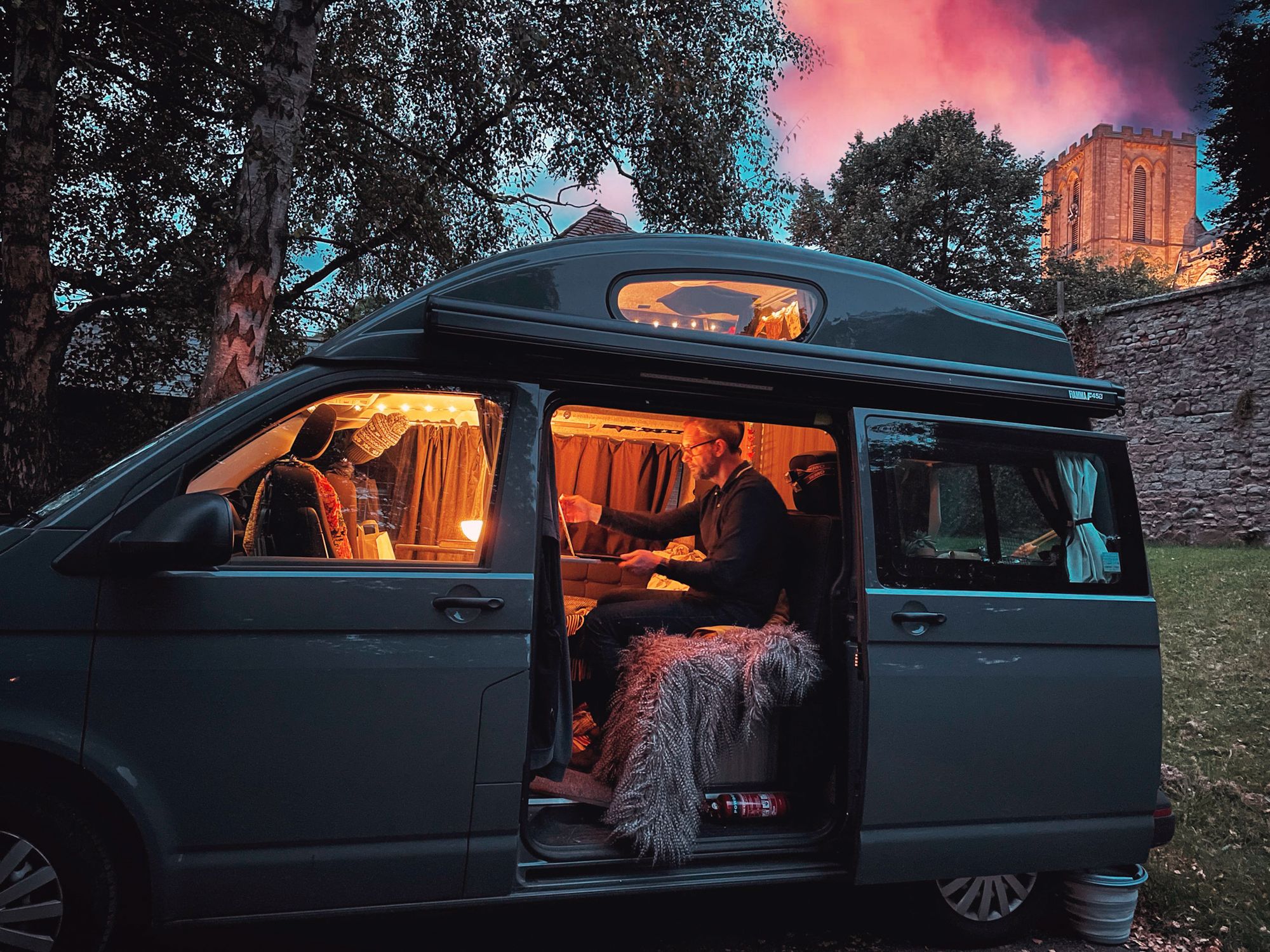

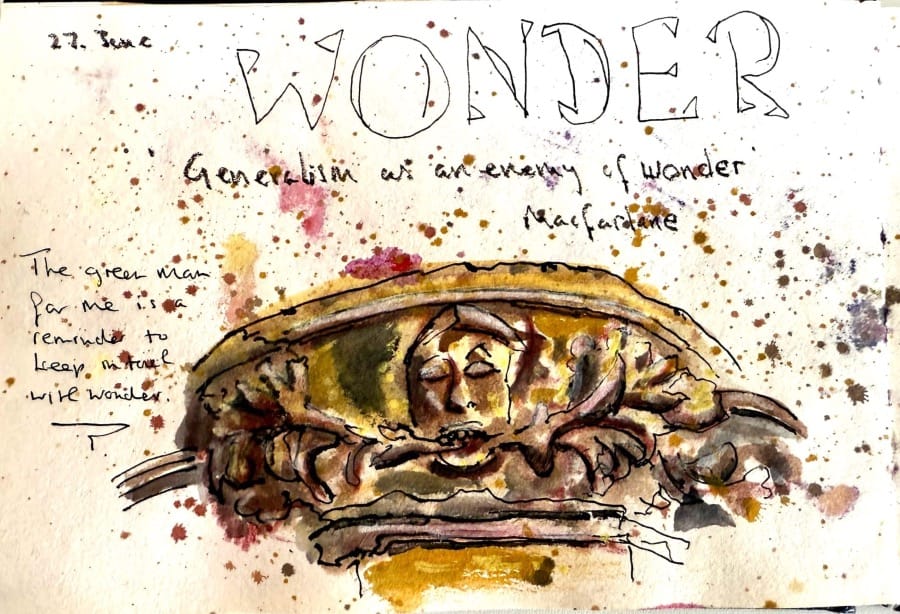

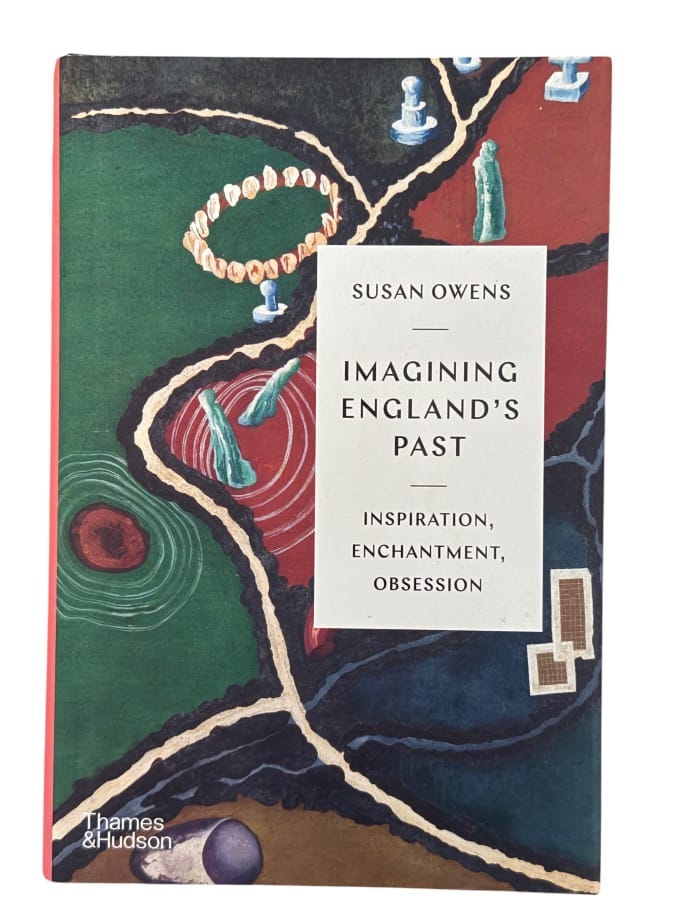

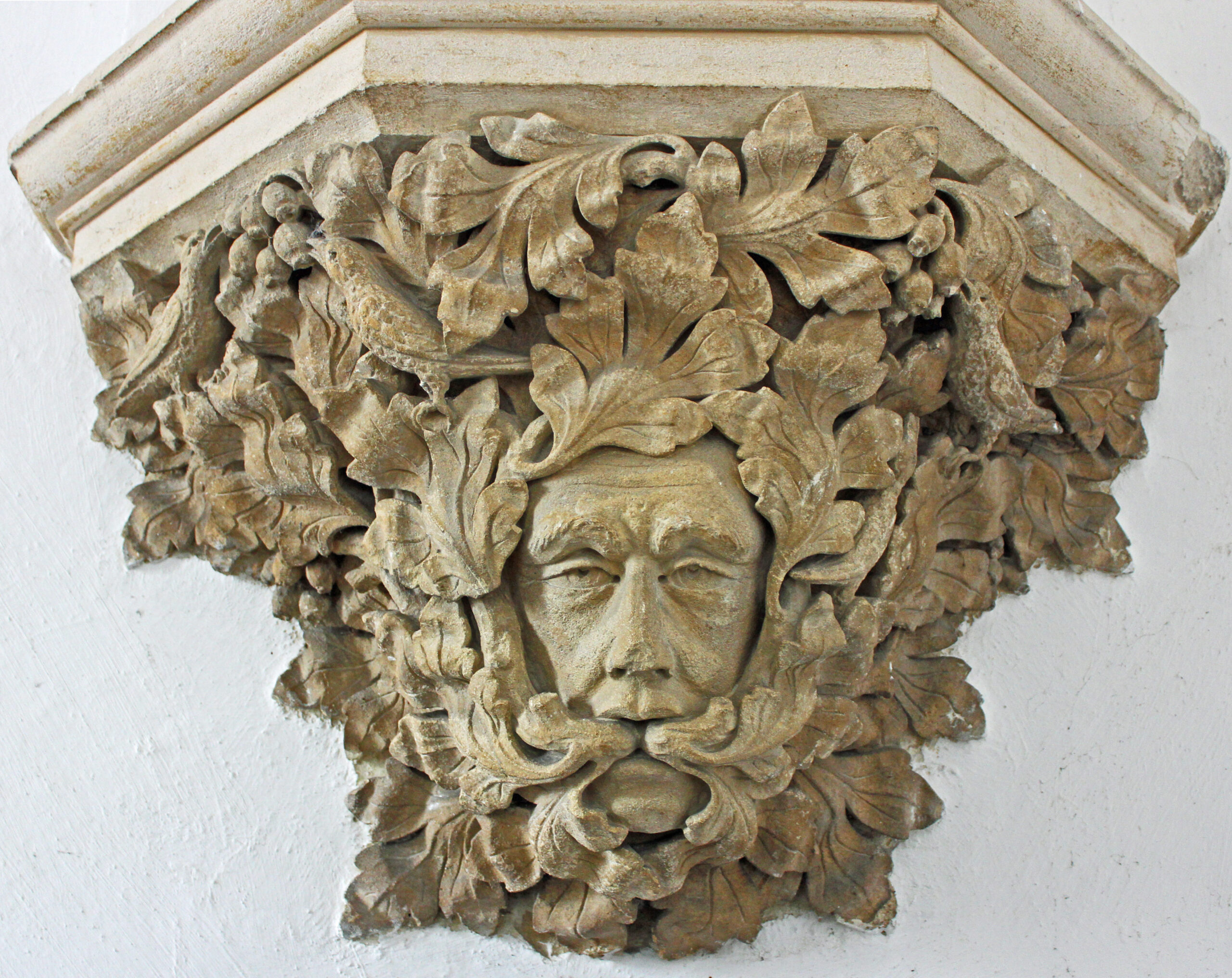
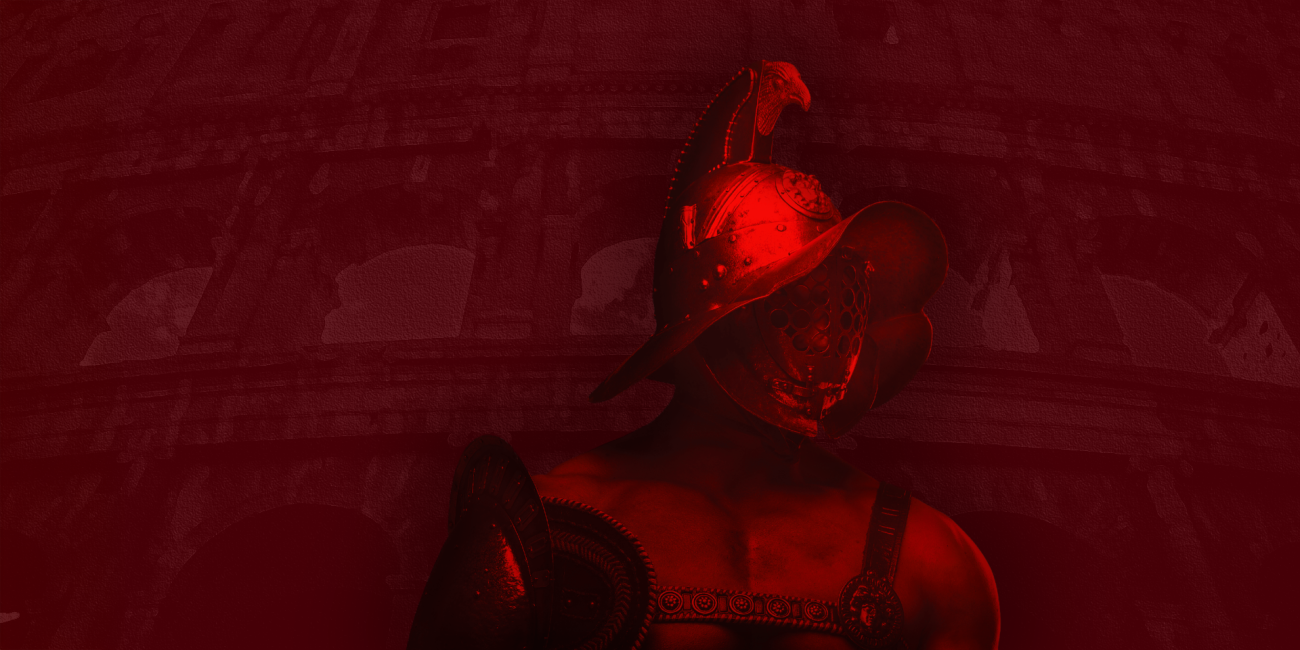
Remarkable film - almost as if it were today. Look out for the people waving to the plane.
Member's Field Notes
Where the lens lingers a little longer...
Free Download for Members

Members can download a hi-res version of the Green Man collage (for print, poster or framing purposes) here -
Here's a hi-res green man collage that can be used for a post card or screensaver.
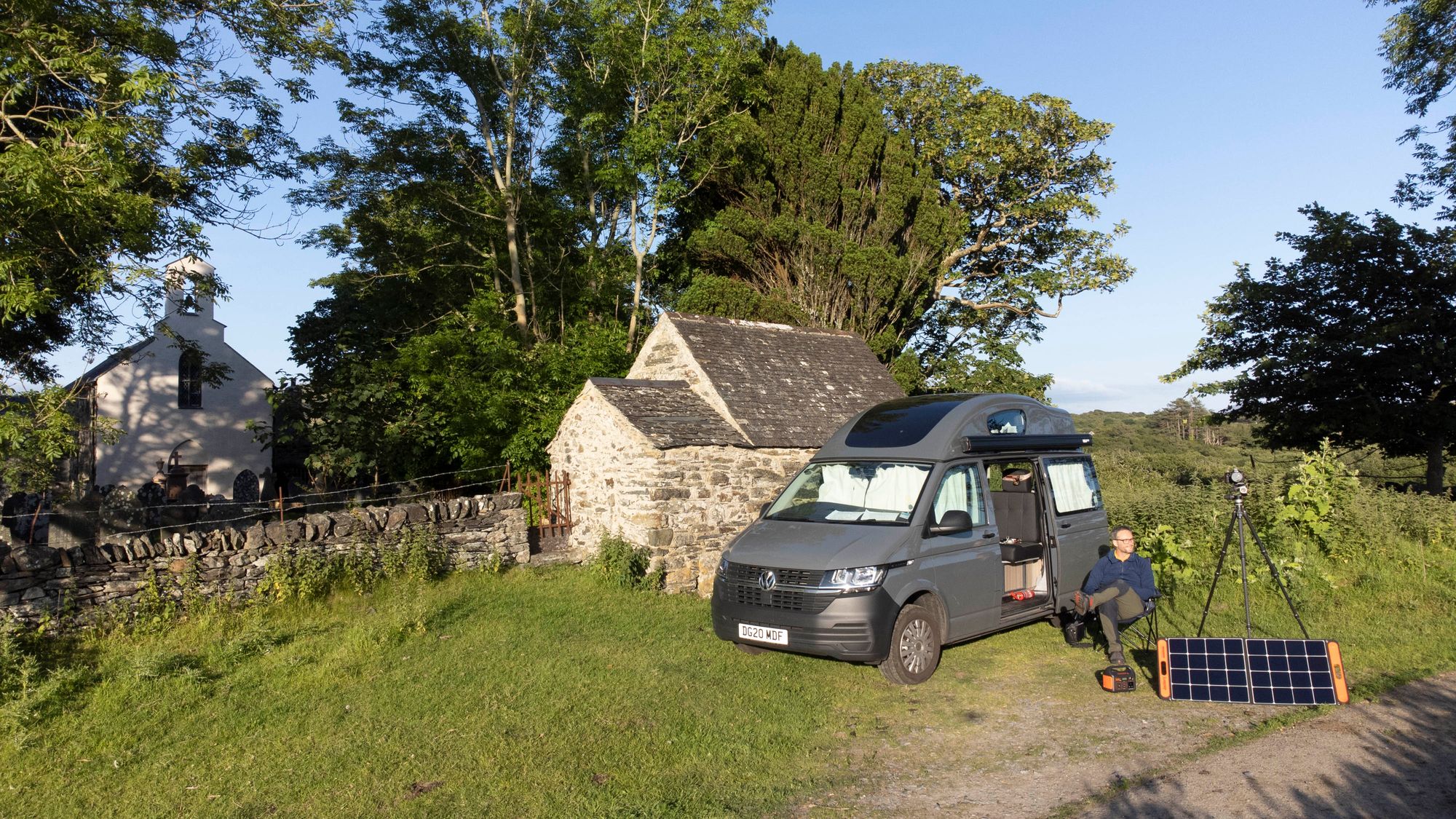
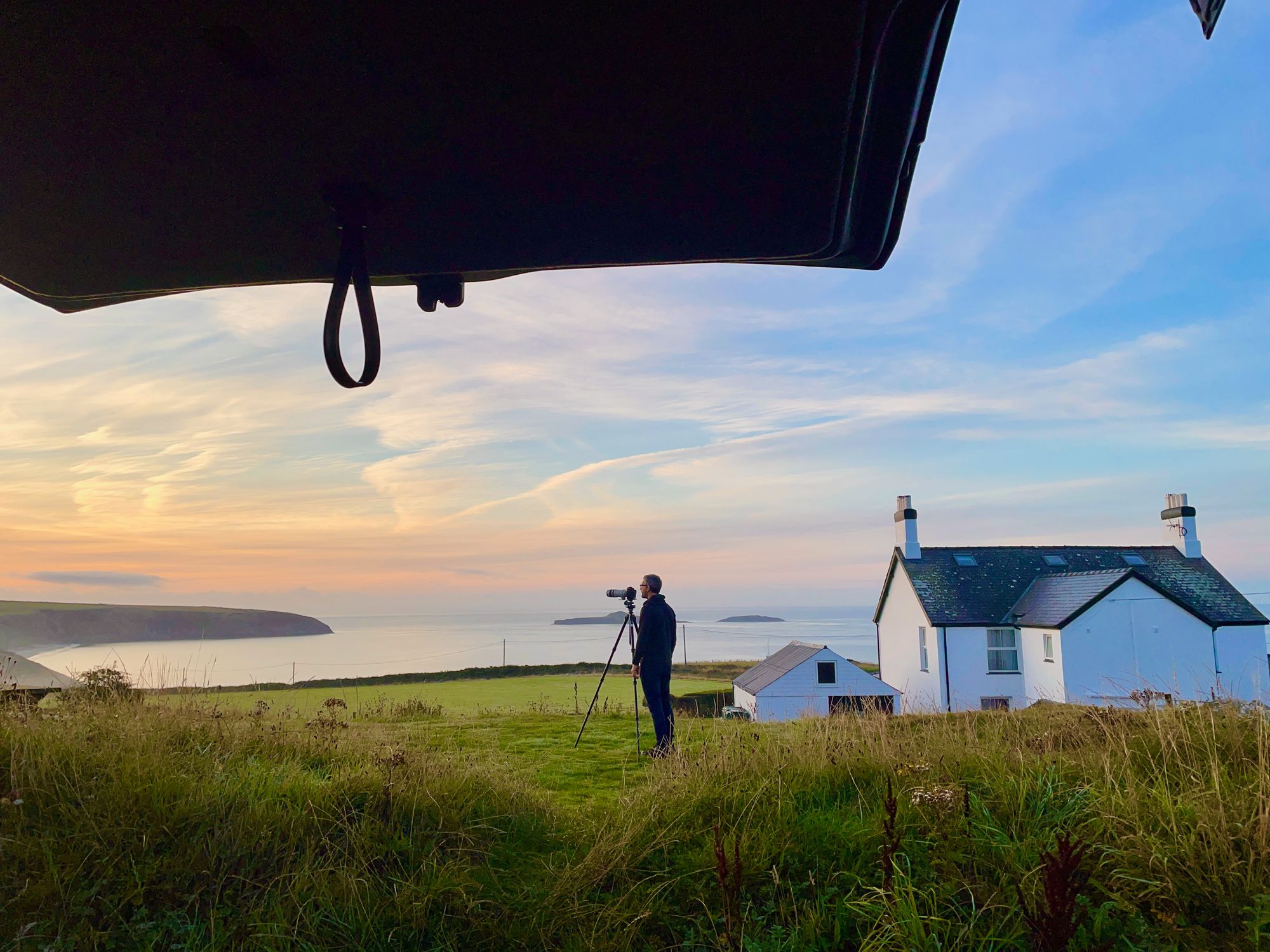
Like to linger a little longer? Why not consider becoming a member and help me continue my journey.
Recent Digest Sponsors:
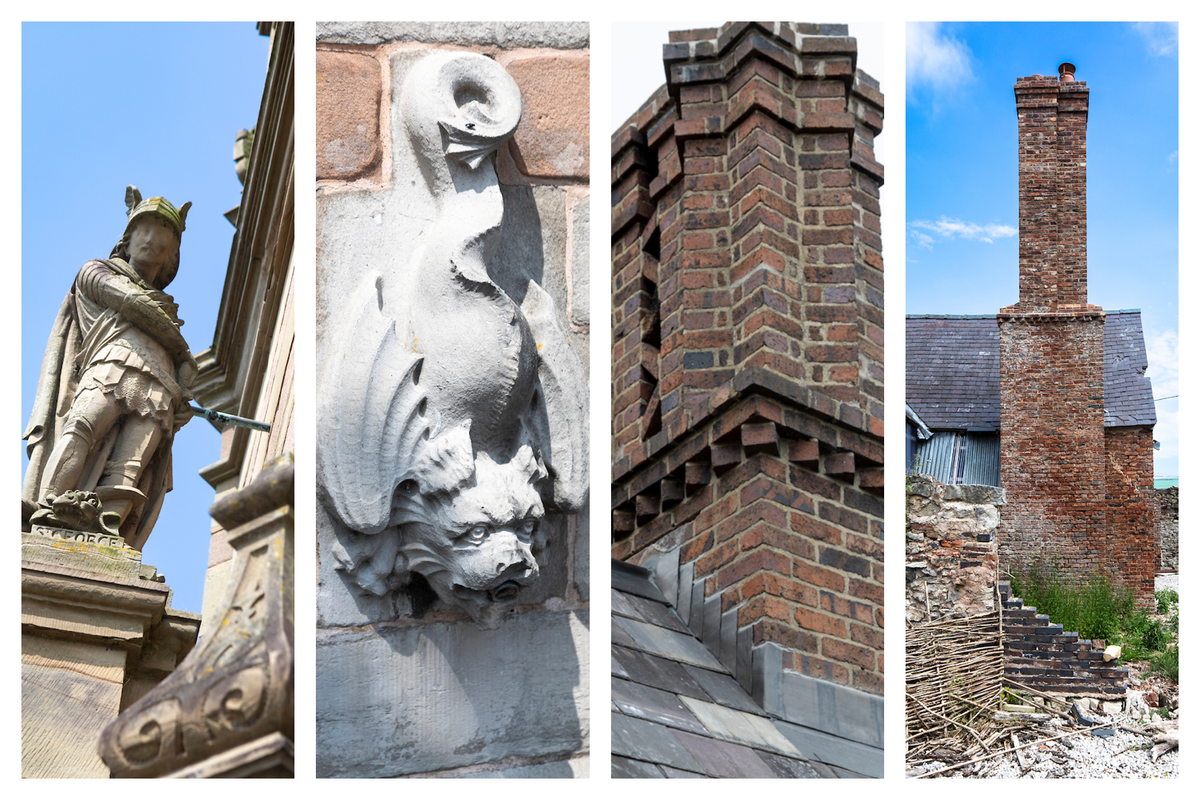
I mentioned that I visited Jack Badger whilst working with Ken Sisk Productionss. You can view all the films taken at Jack Badger traditional carpentry below. It's a wonderful insight.

Kind words from a subscriber:
Andy your work is becoming wonderful, remarkable. A so-called breakdown has been milled into its constituent parts, becoming profound construction: through perception, architecture, the lens and the pen. In your Repton crypt essay a deep description of our social anxiety - and our reason to be....
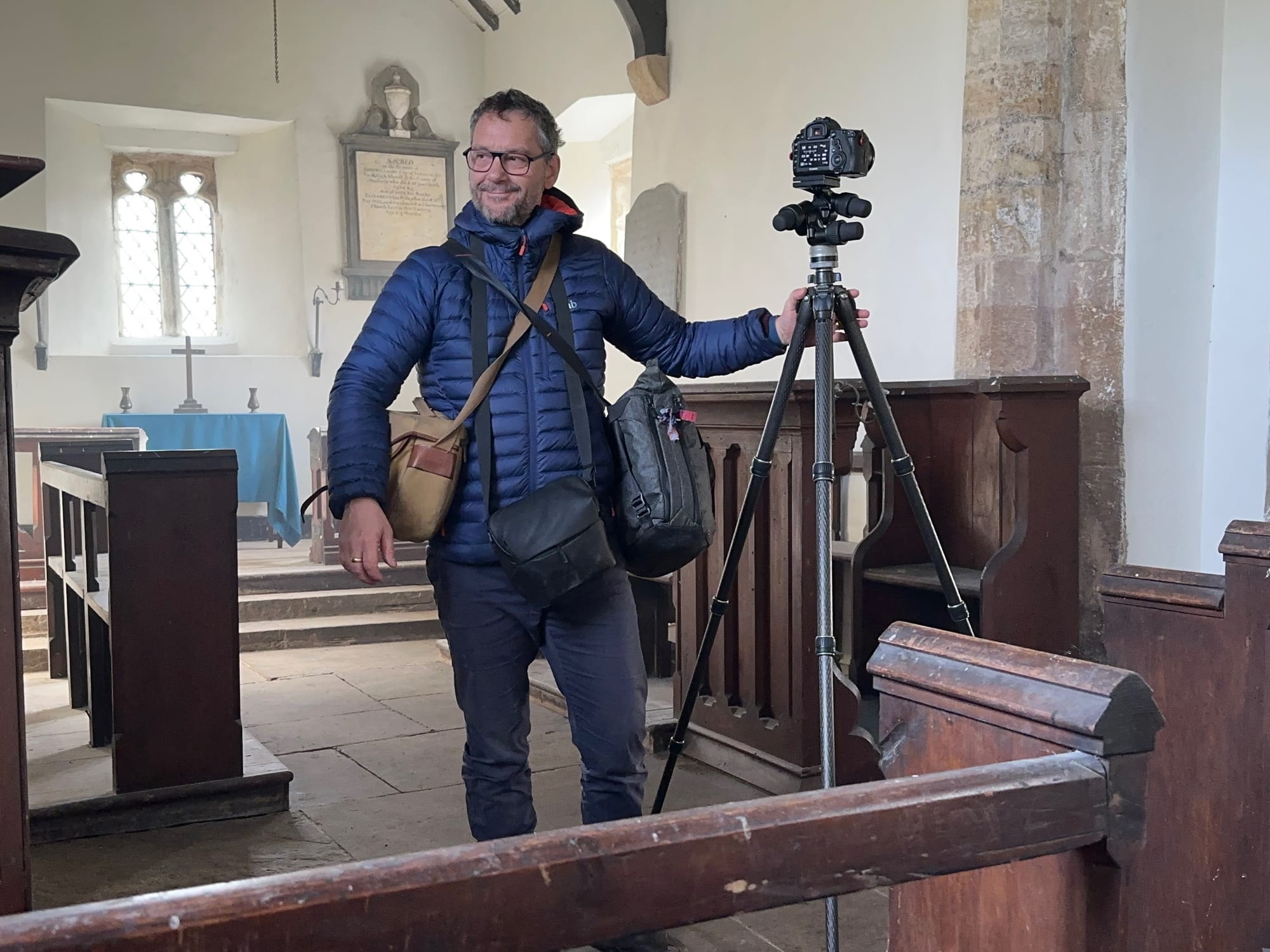
✨ The Genius Loci Digest is free and supported by readers. If you love it, you can become a Member to get deeper into the content and help keep it going.
Become a Member:
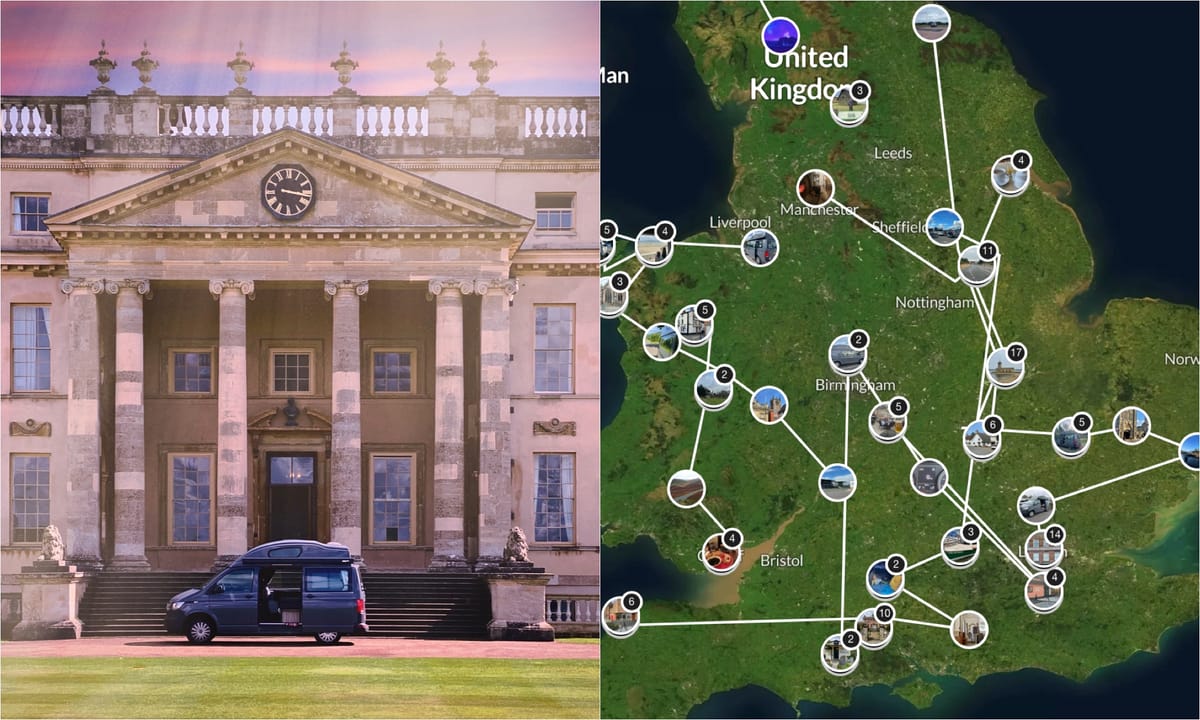
Make a Donation:

Purchase Art:
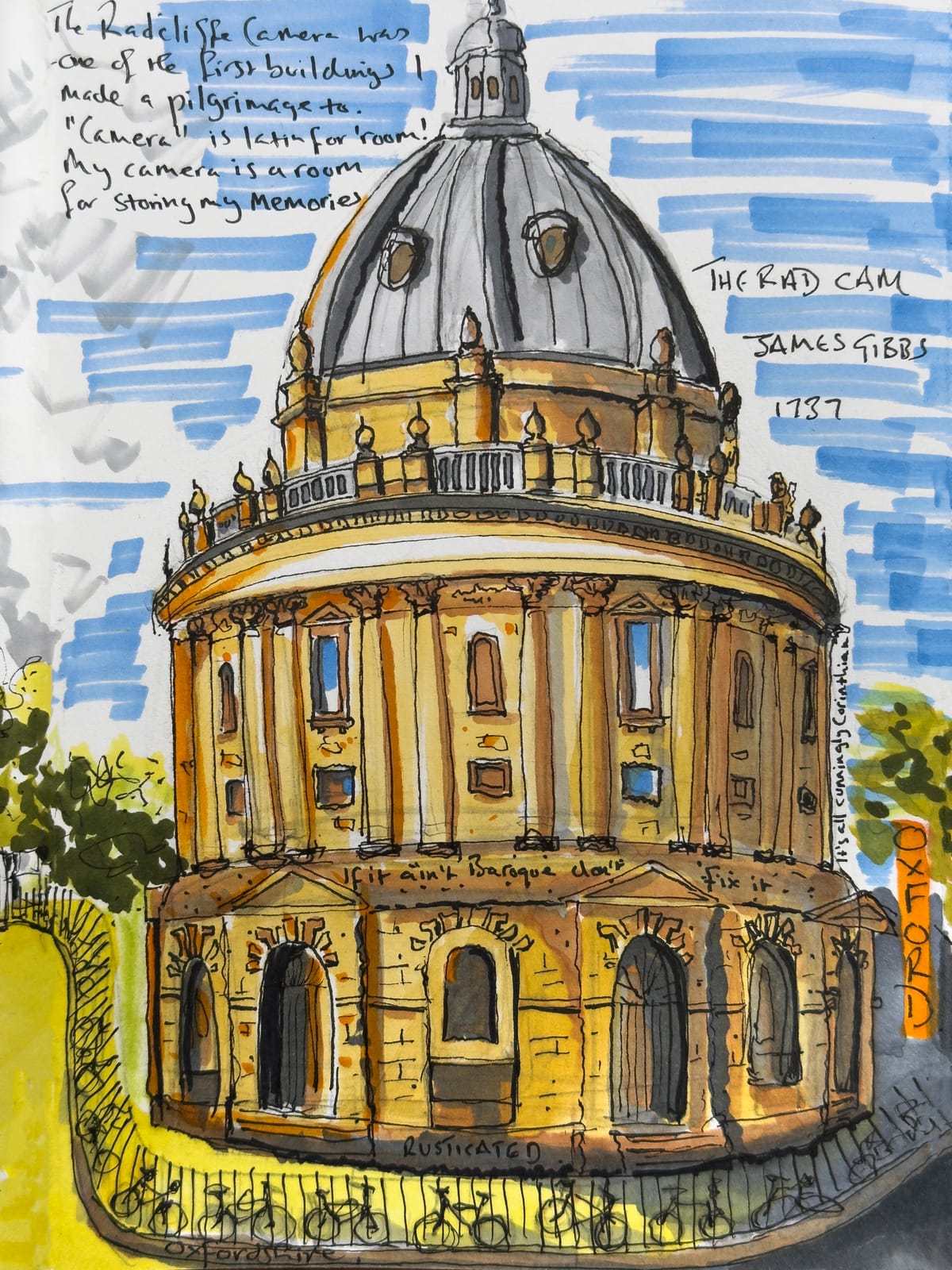
Companies can sponsor me too - more here:

Kind words from Bluesky:
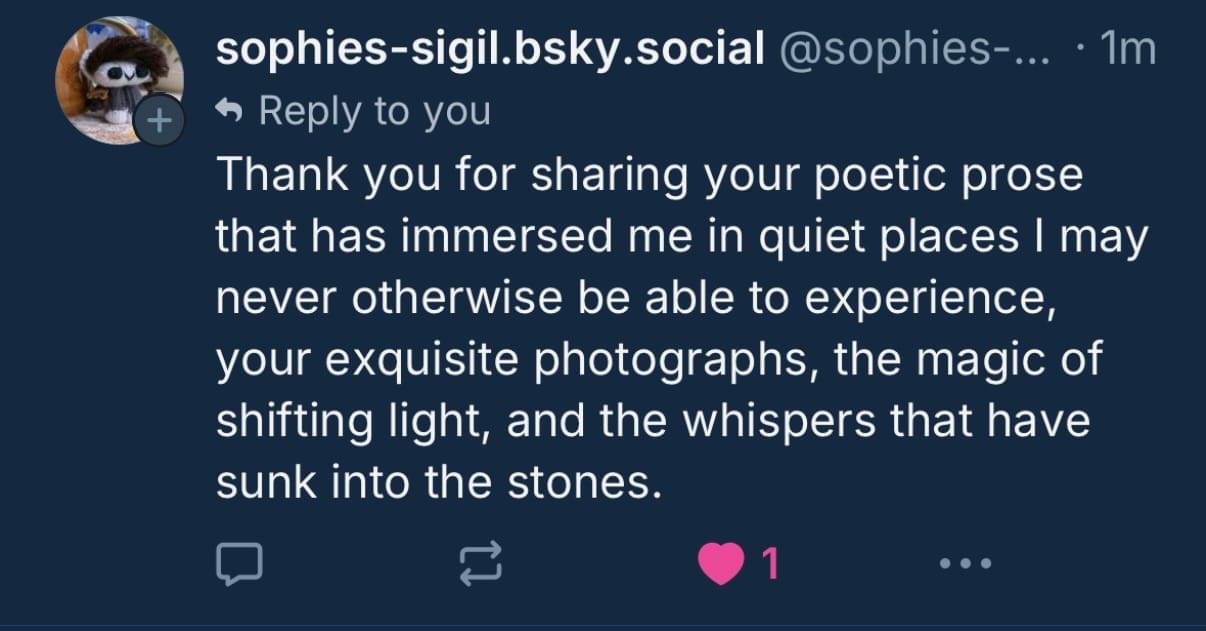

Thank You!
Photographs and words by Andy Marshall (unless otherwise stated). Most photographs are taken with Iphone 16 Pro and DJI Mini 3 Pro.
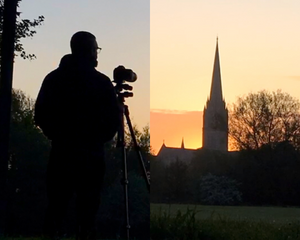
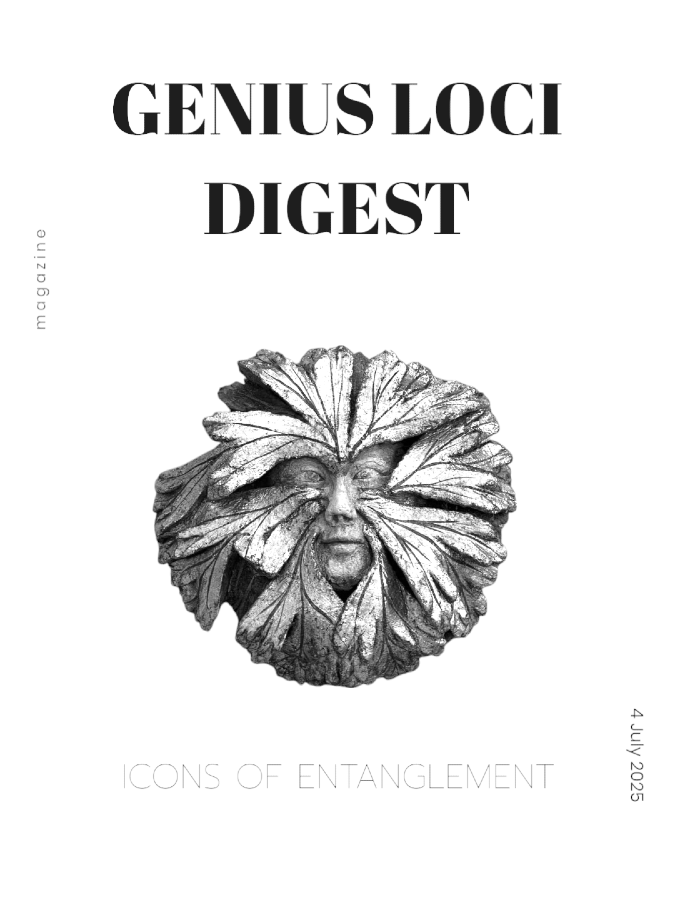
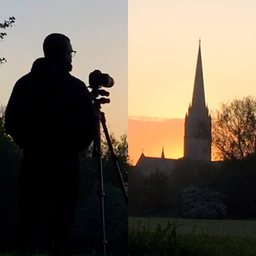
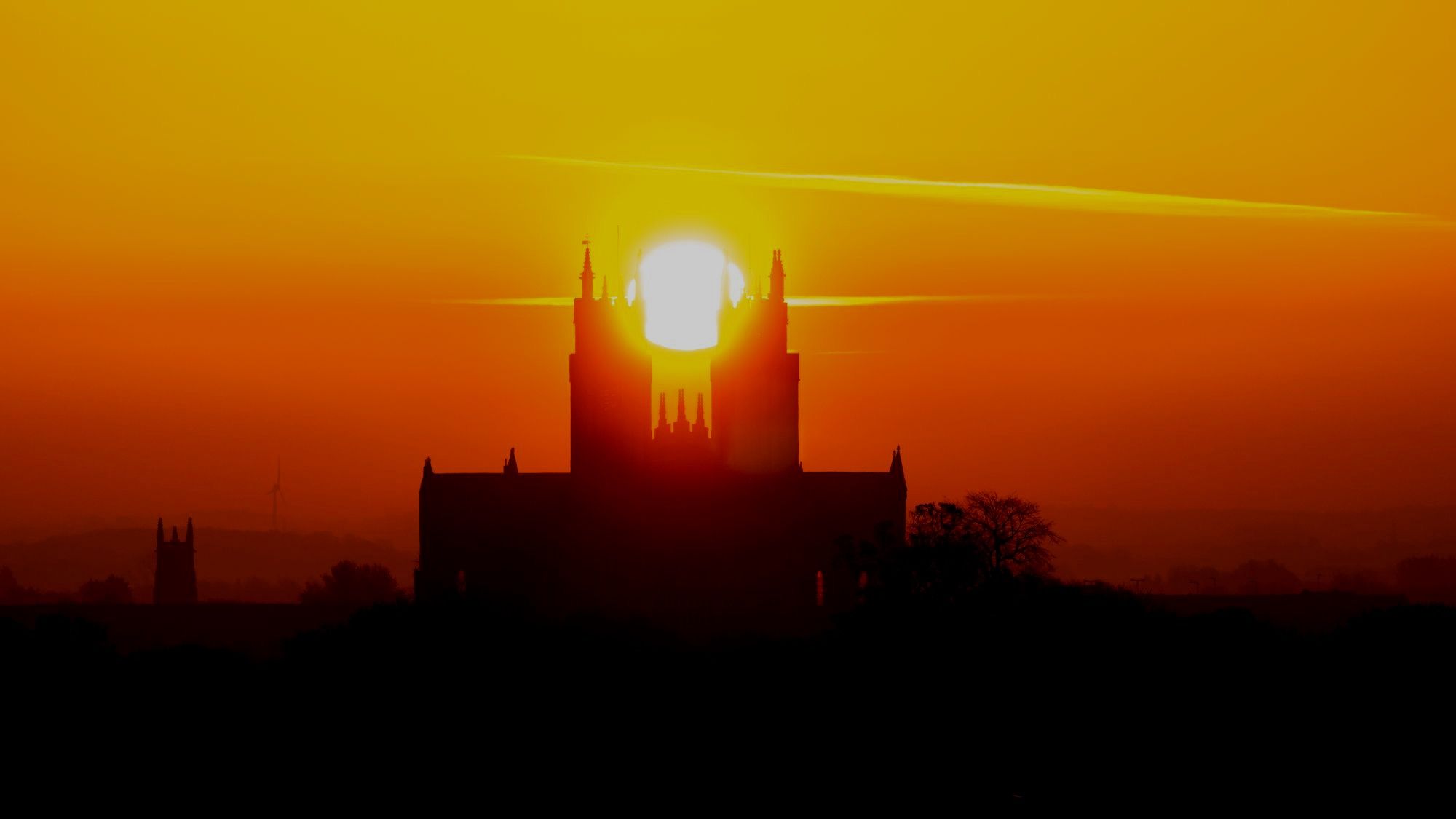


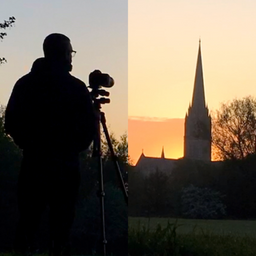


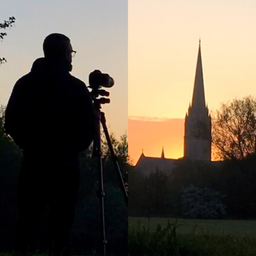

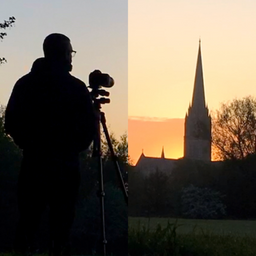
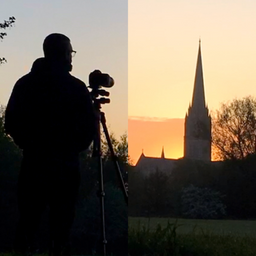
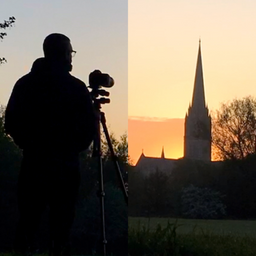
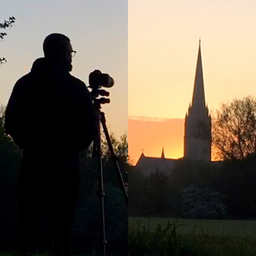
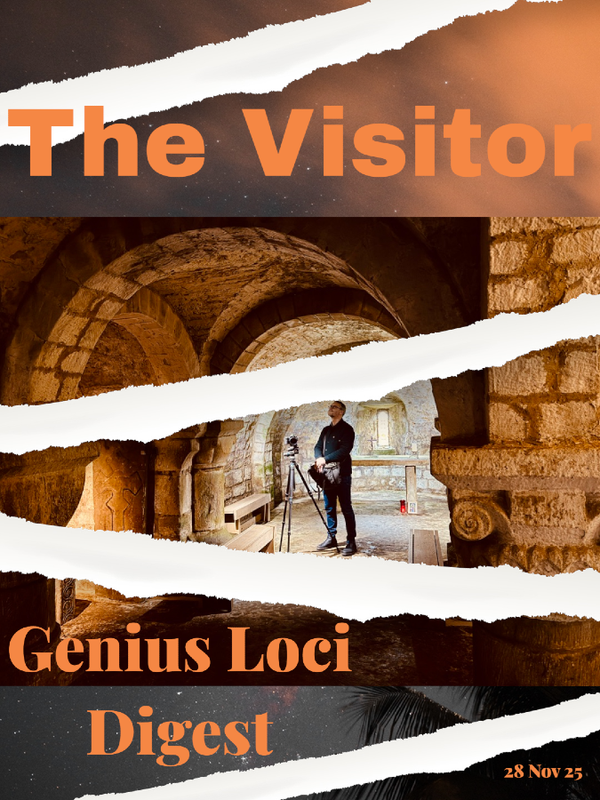


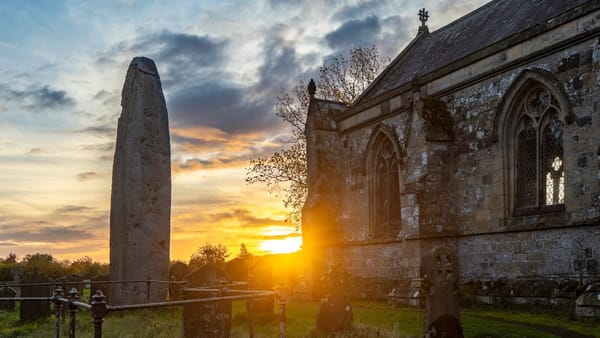
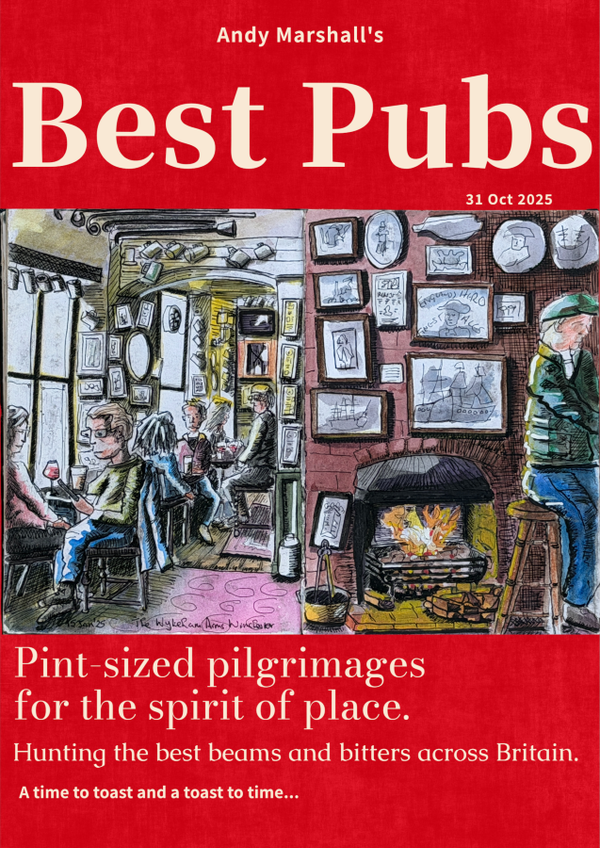
Member discussion